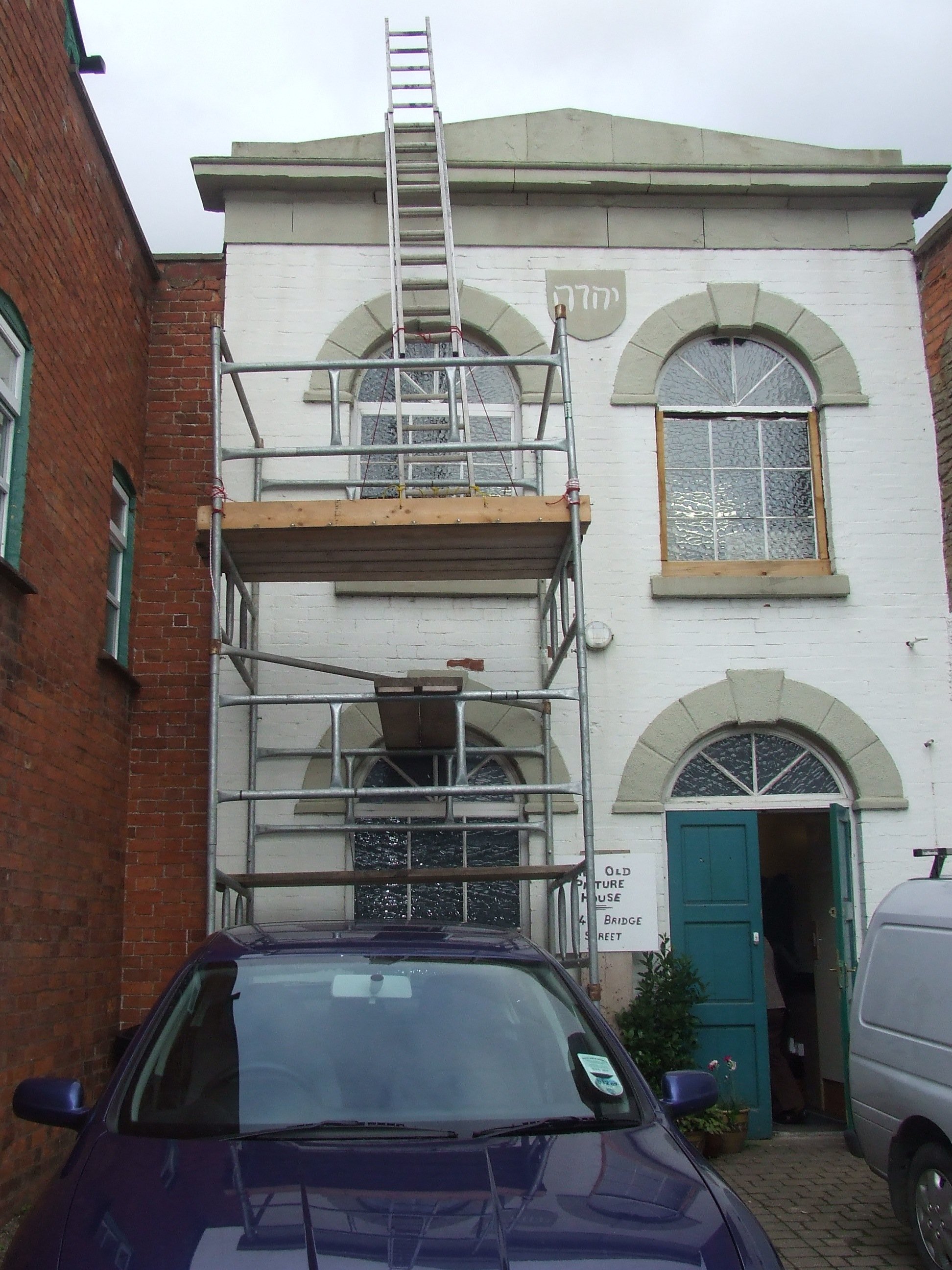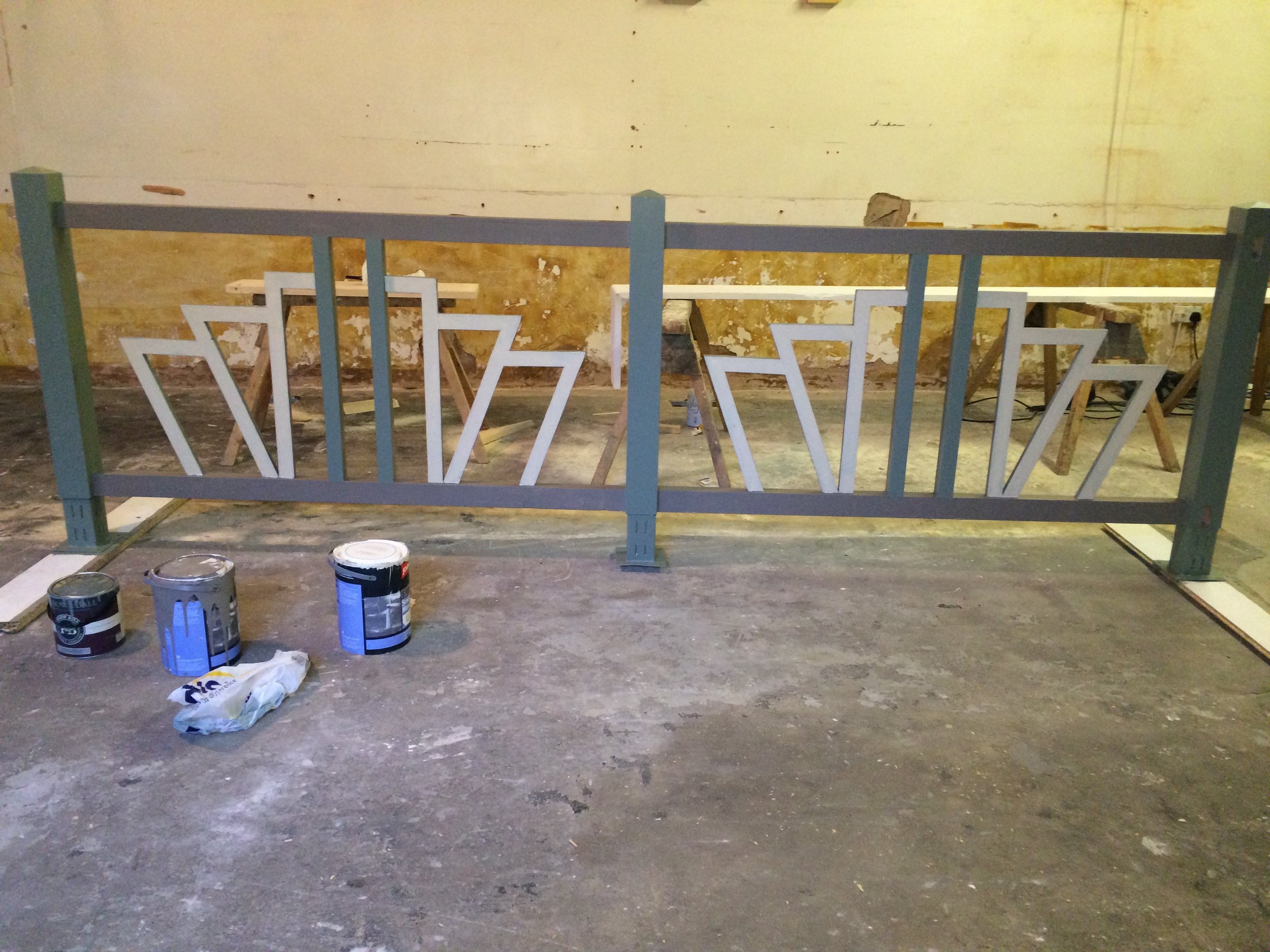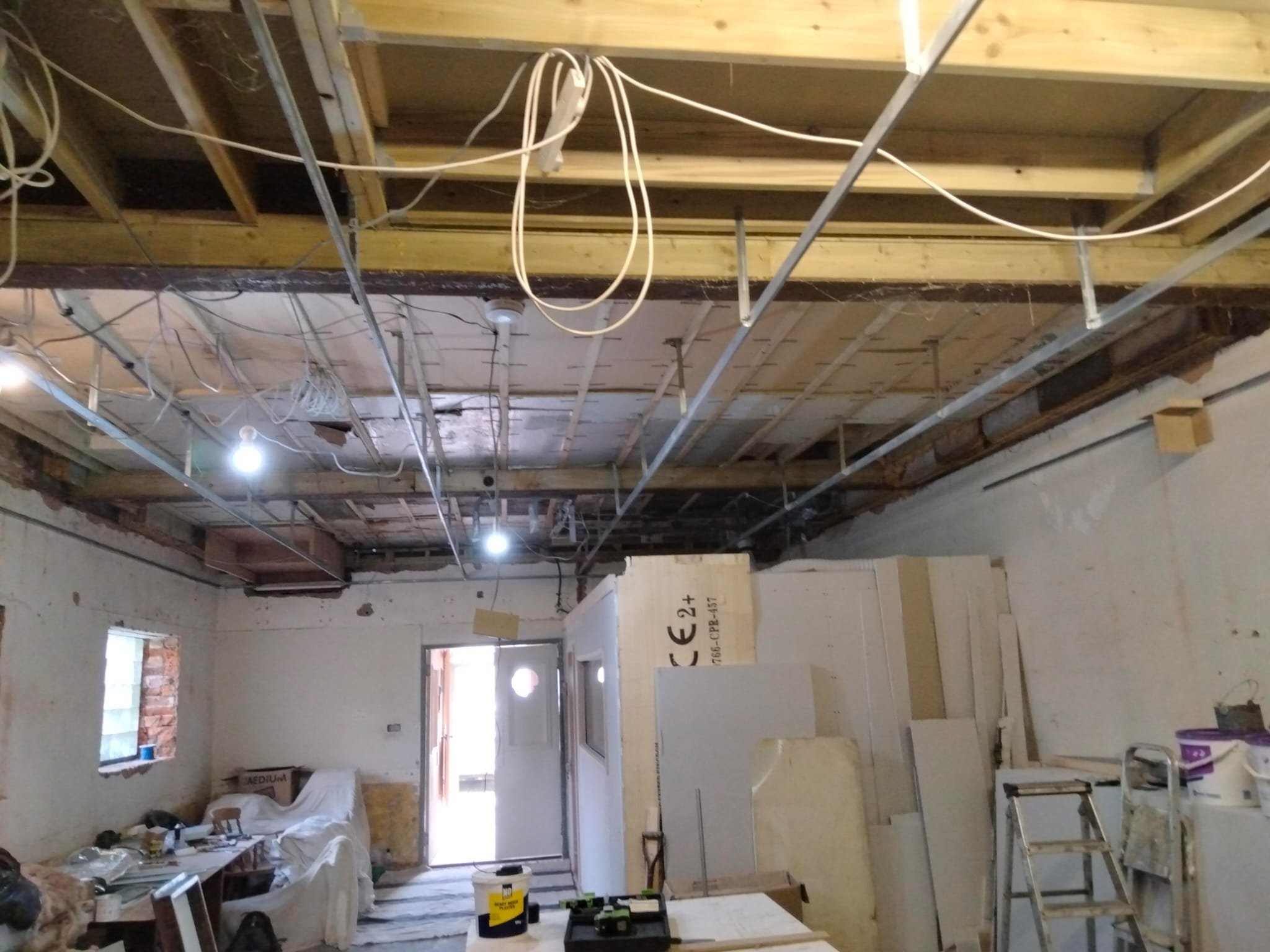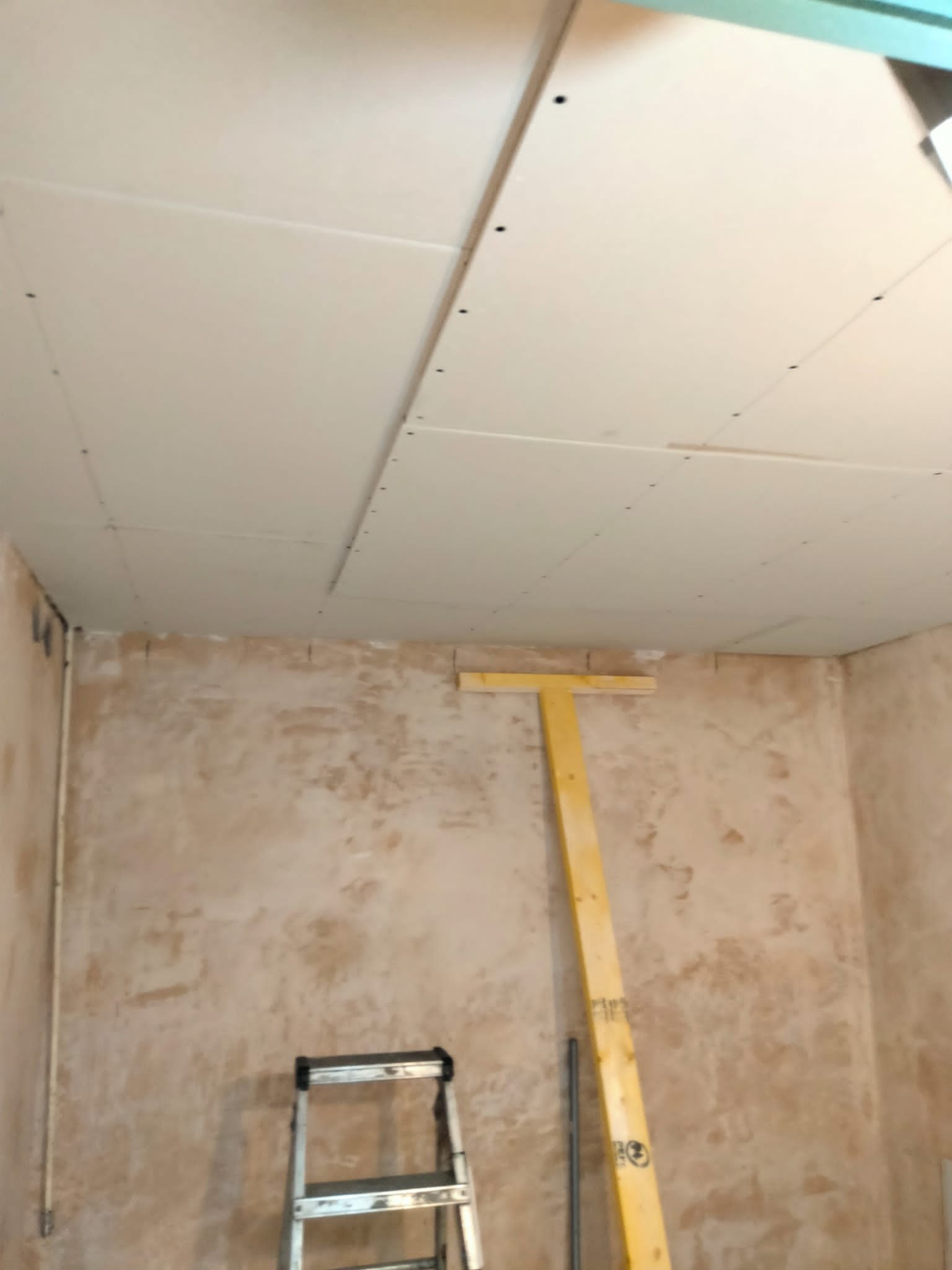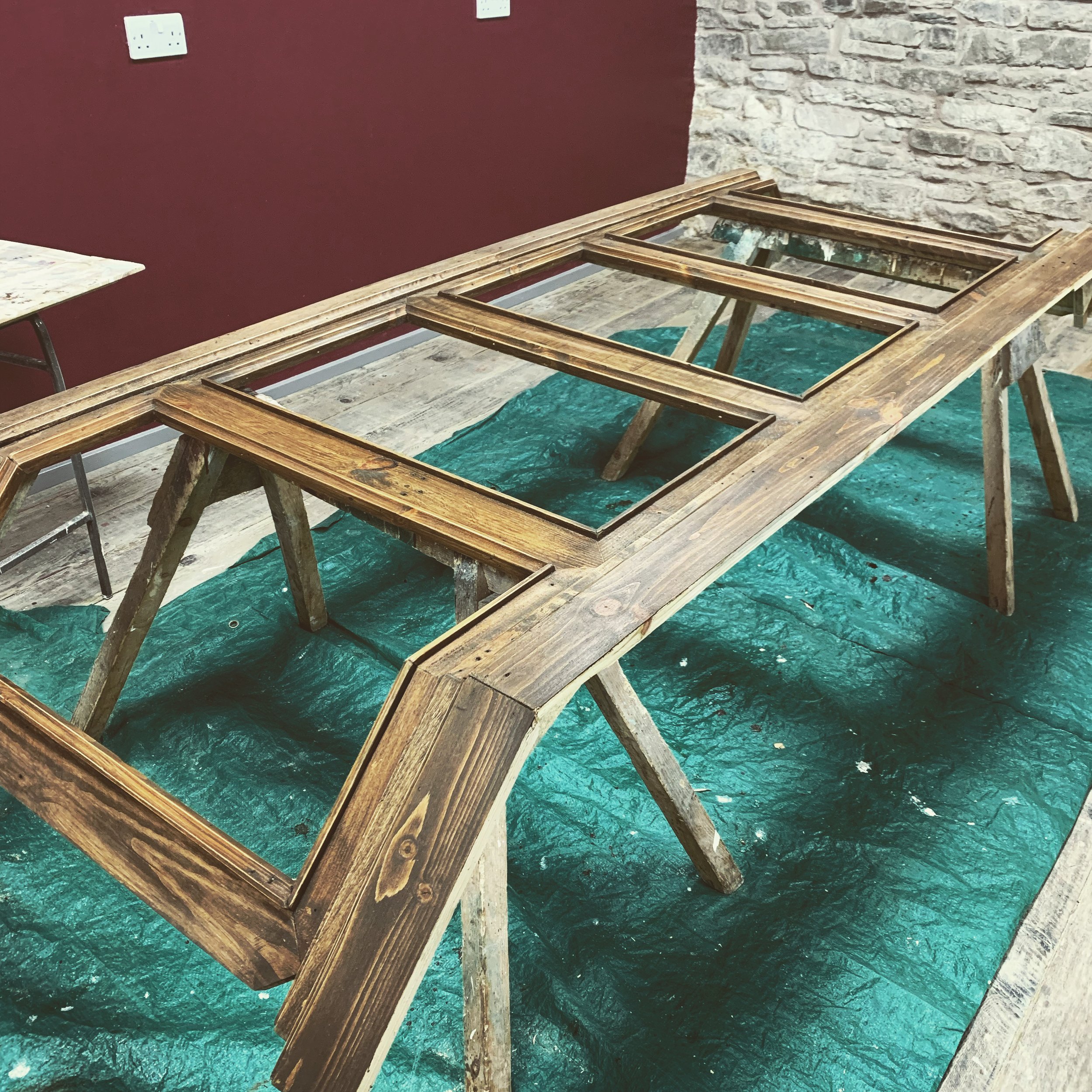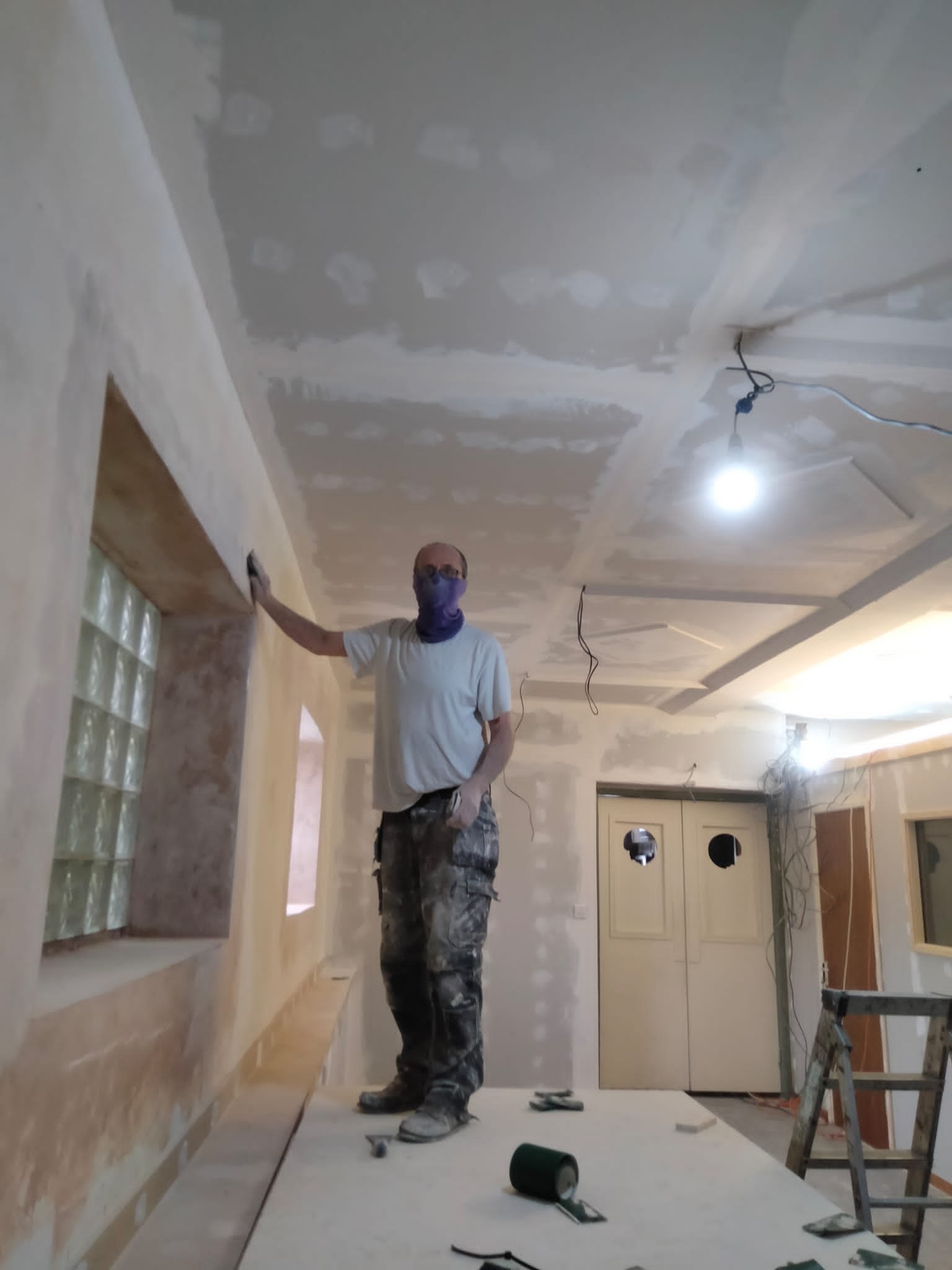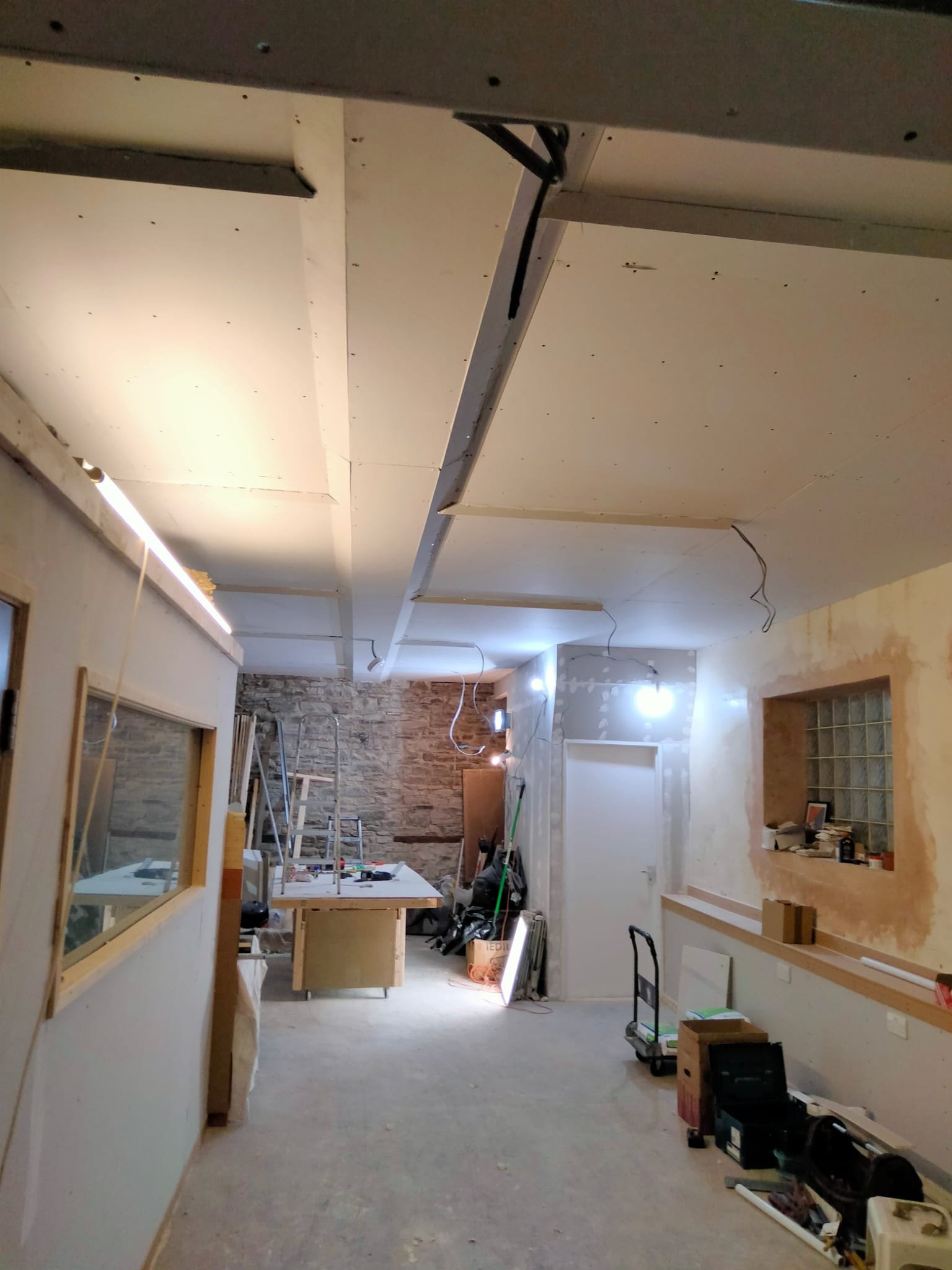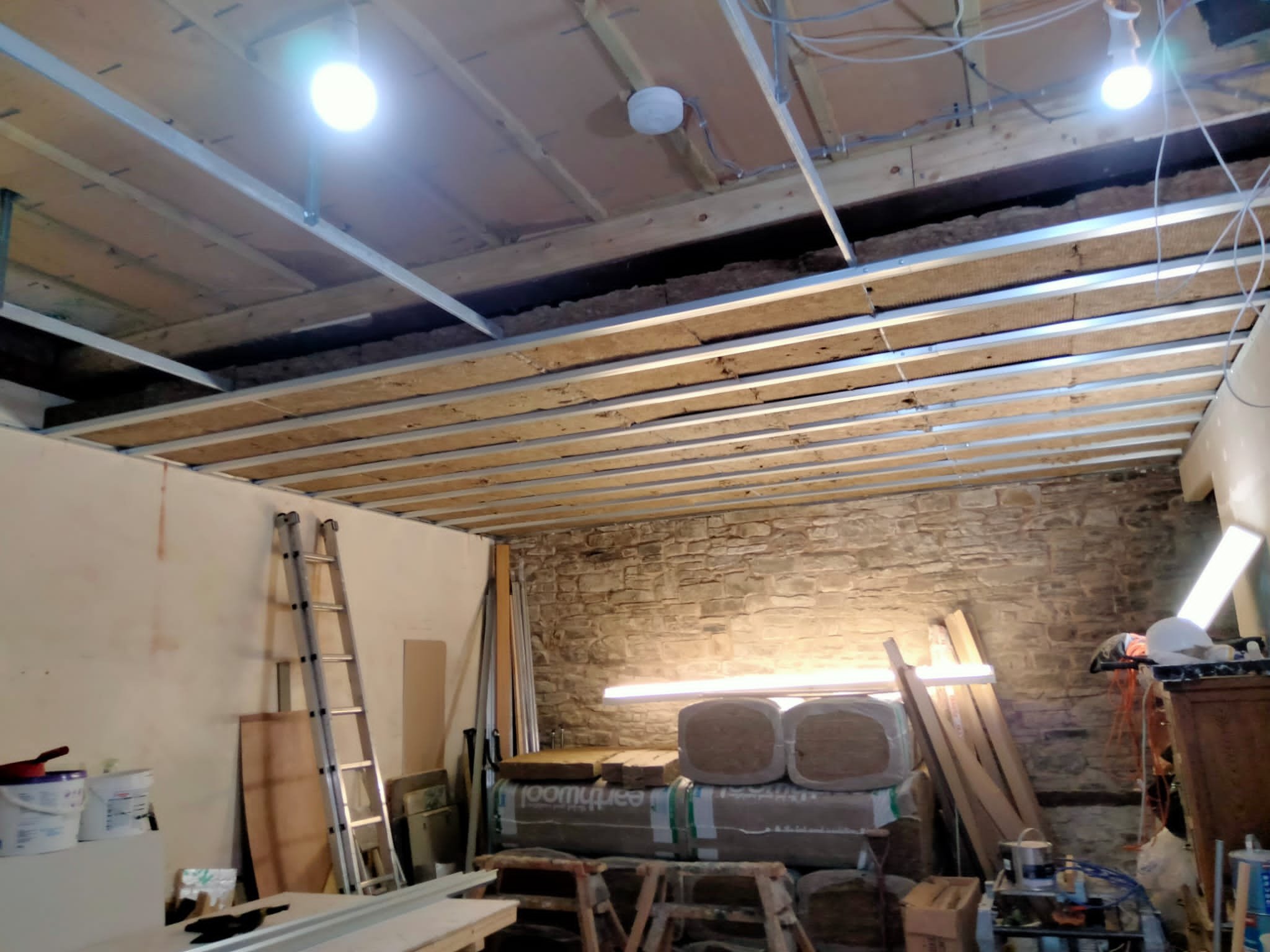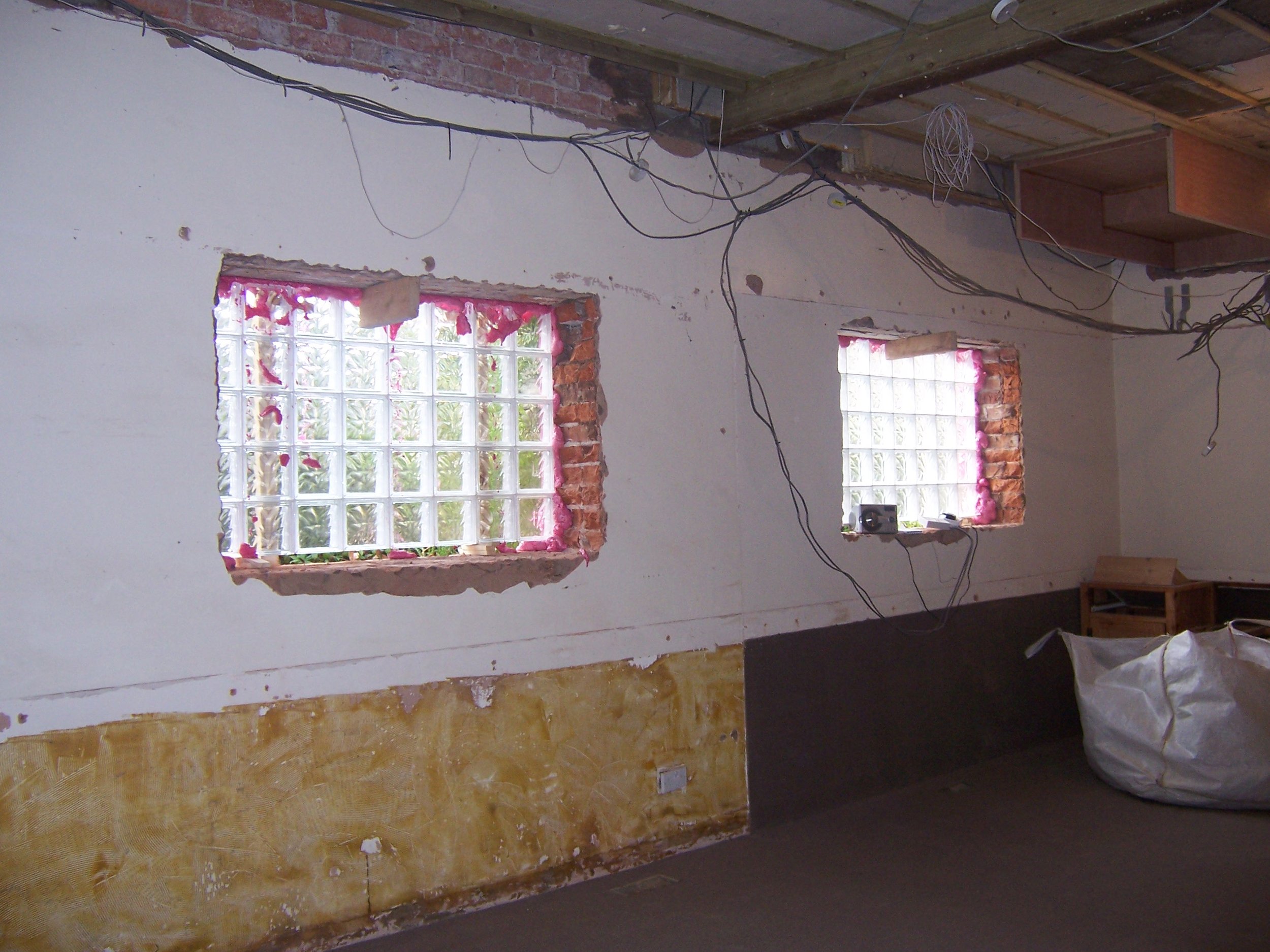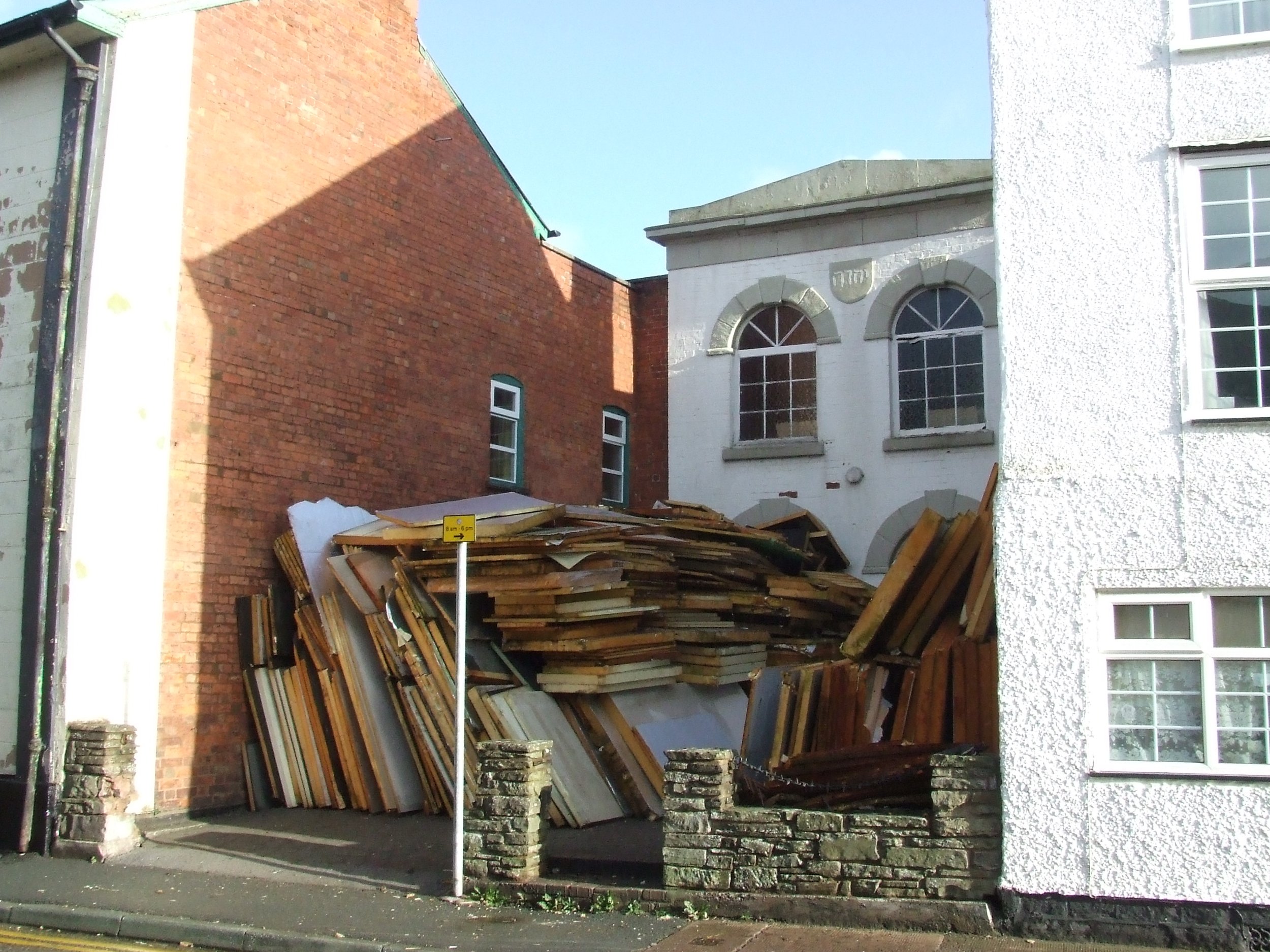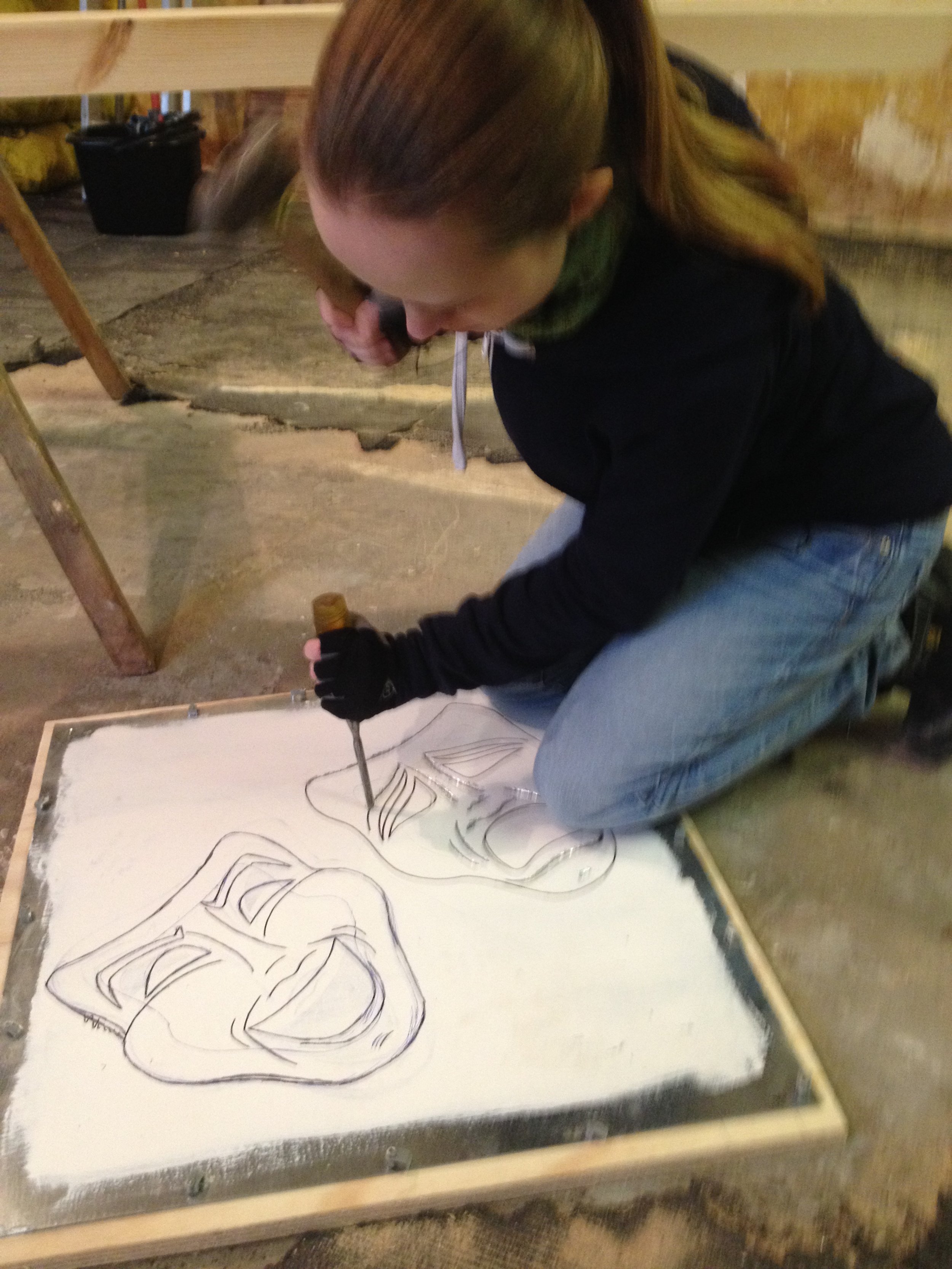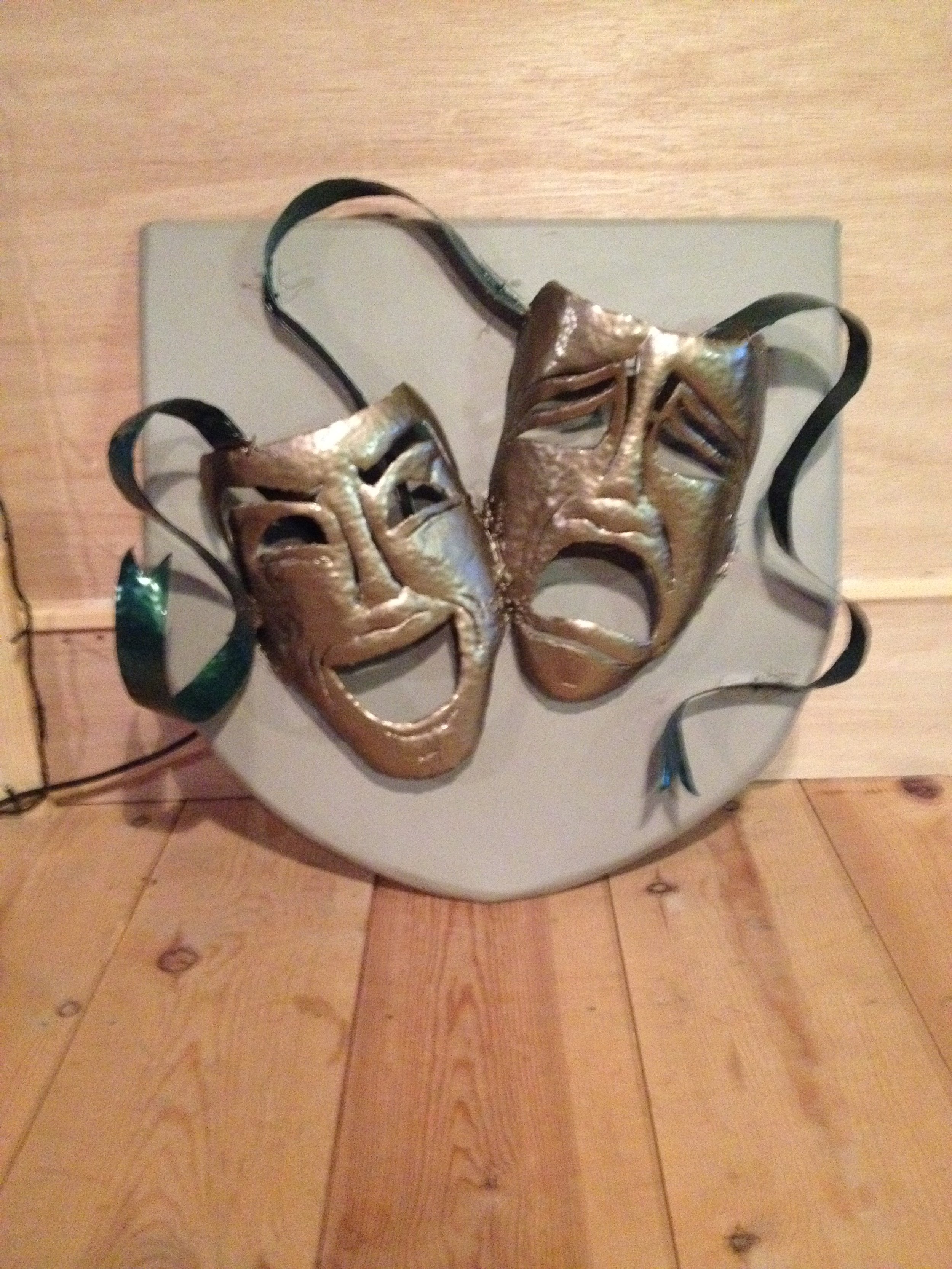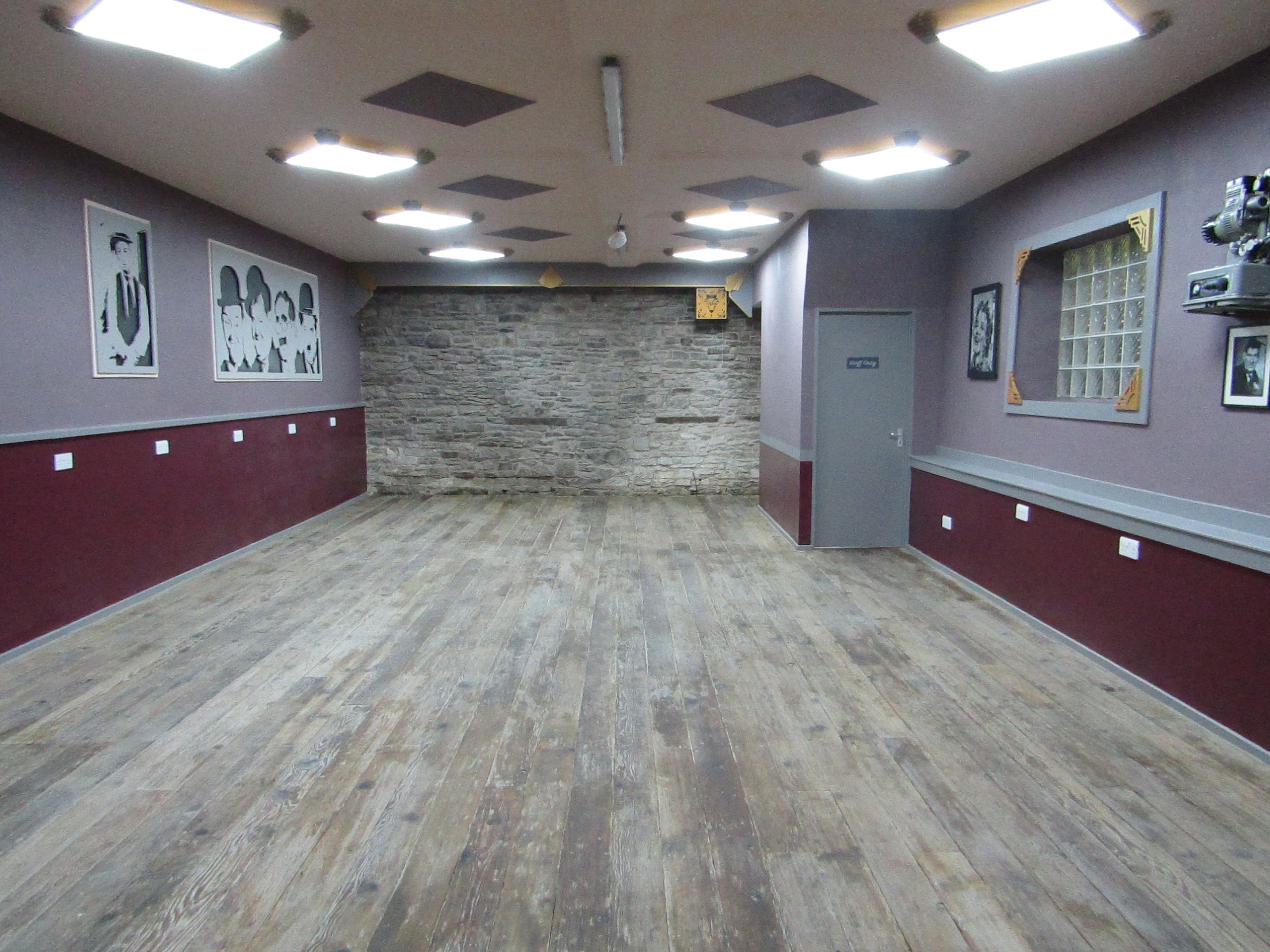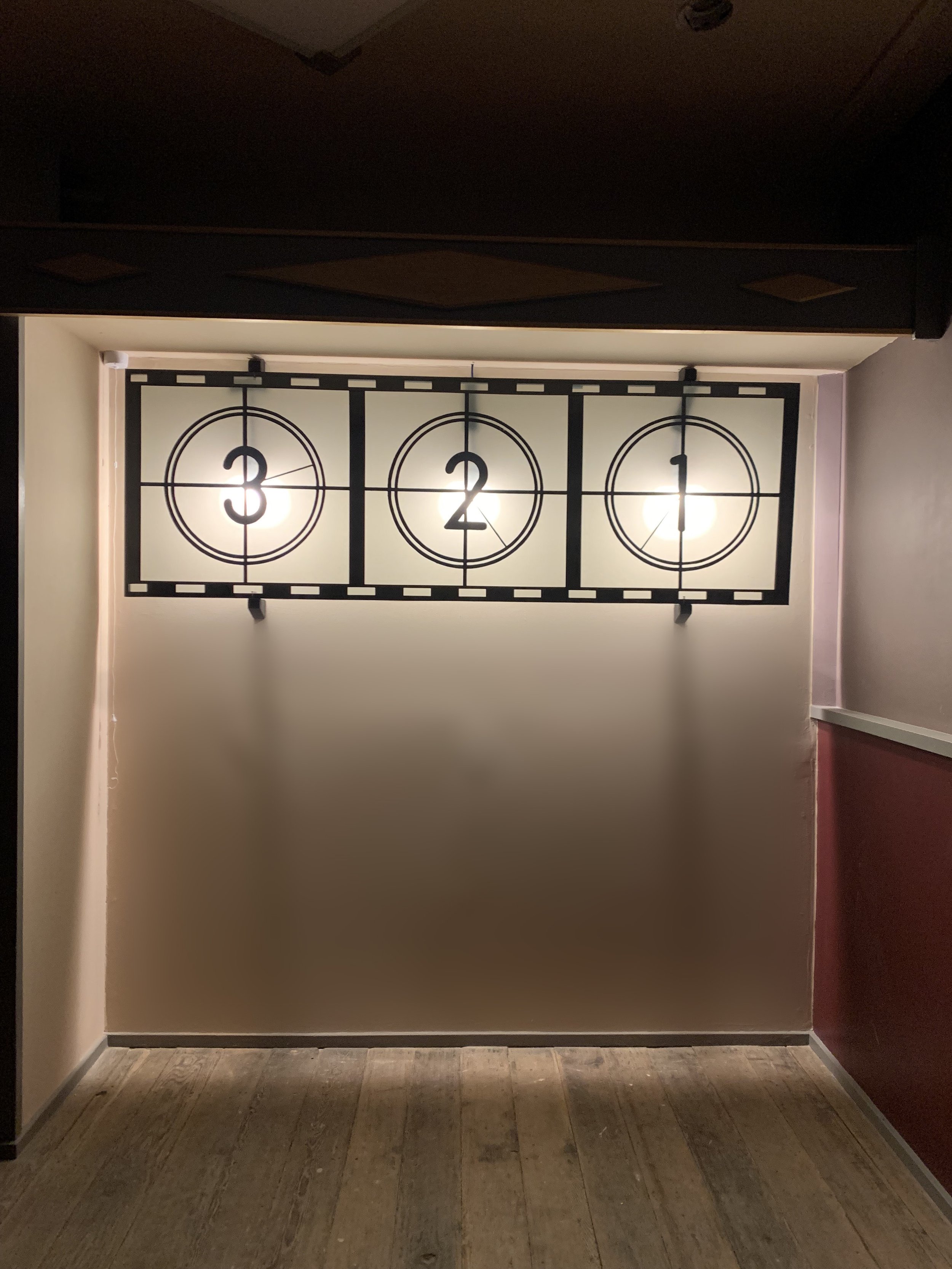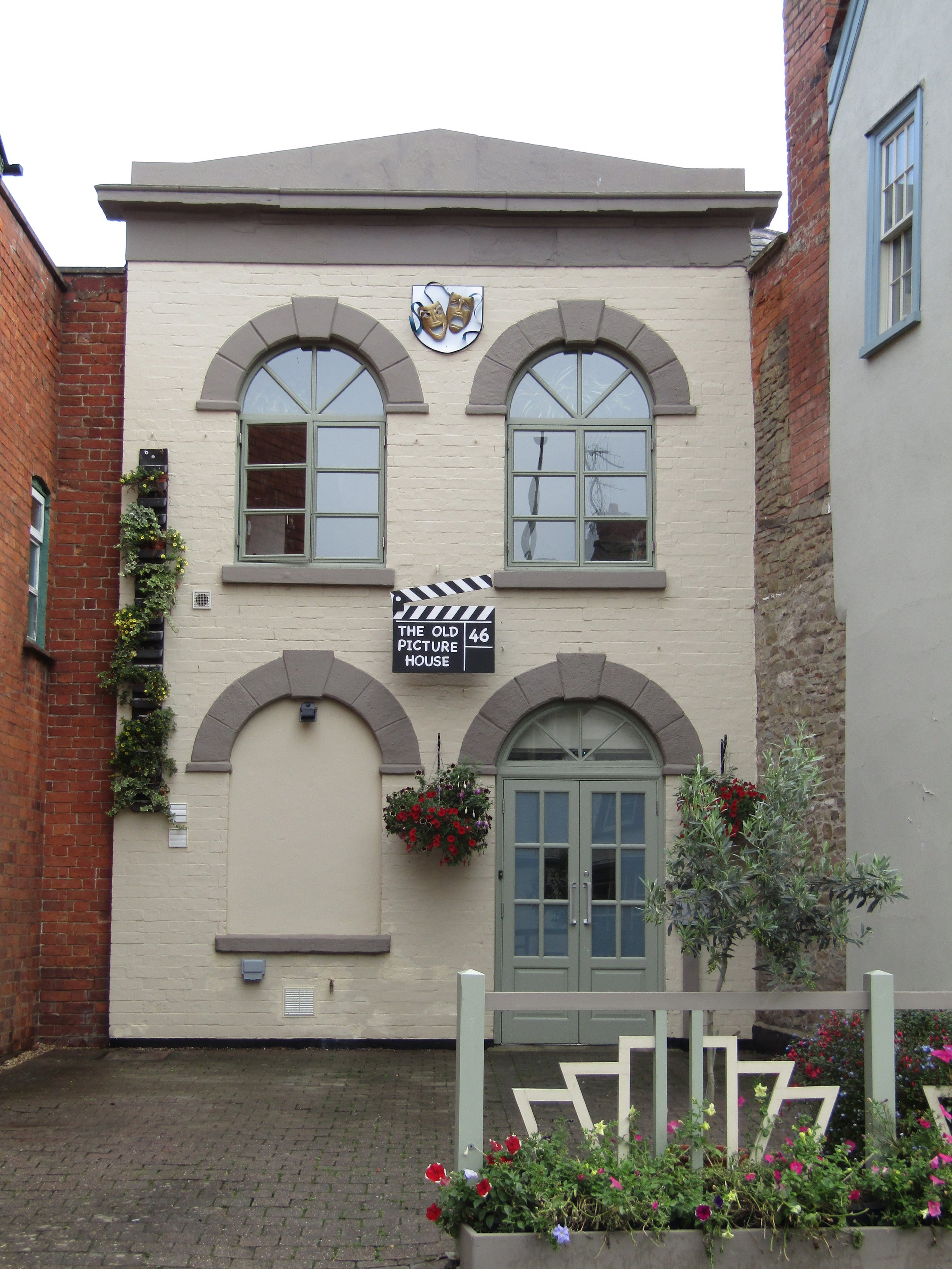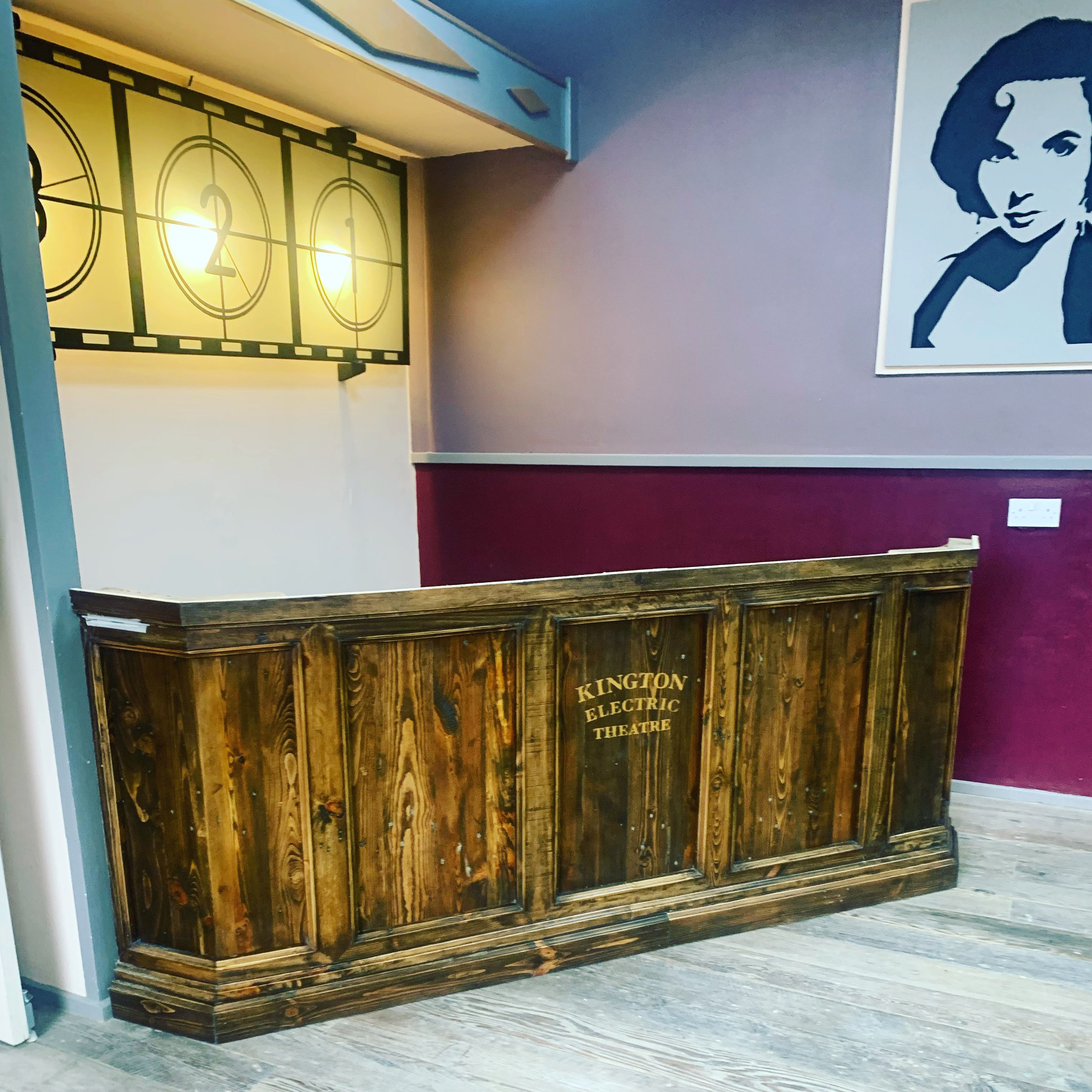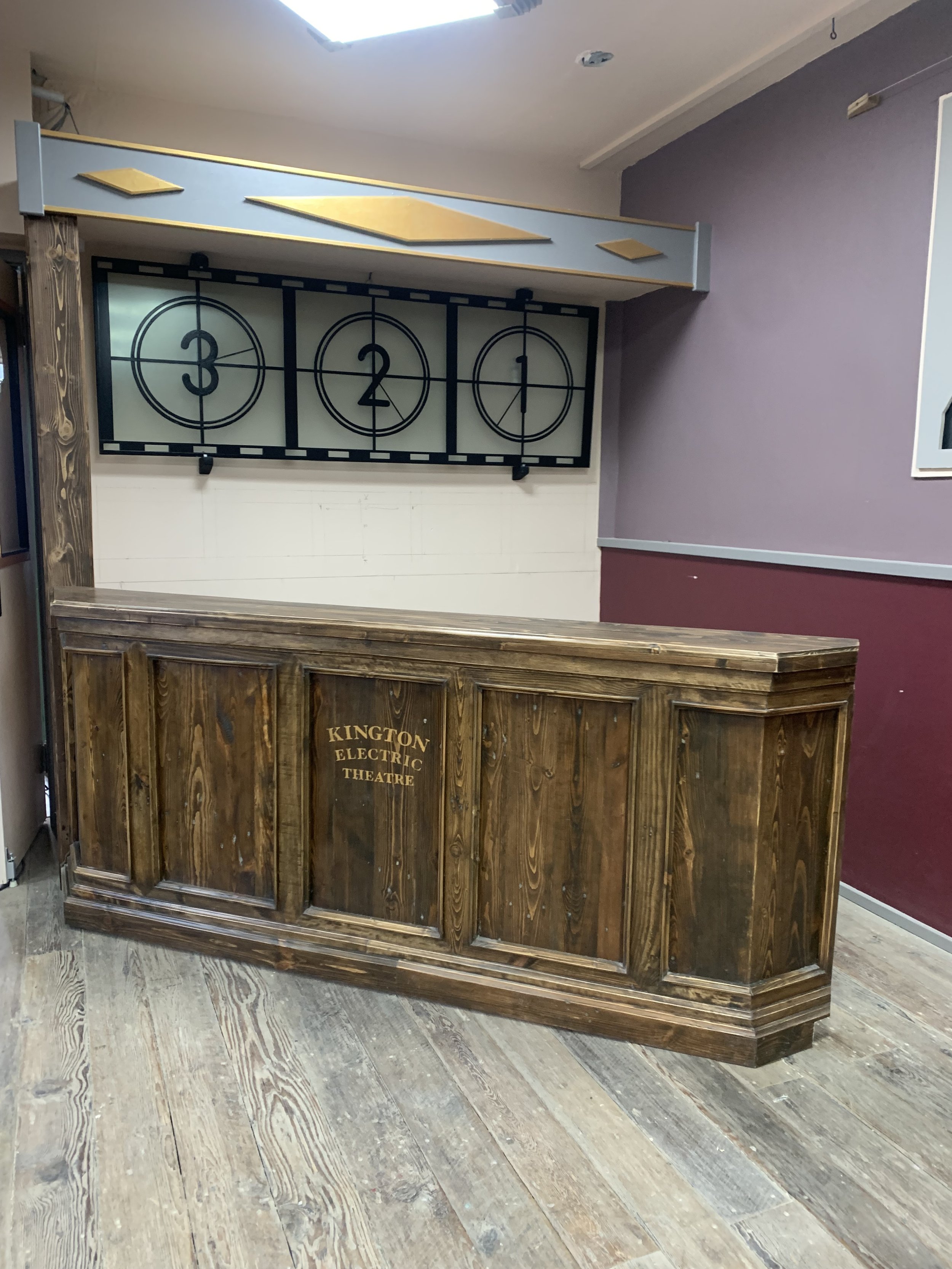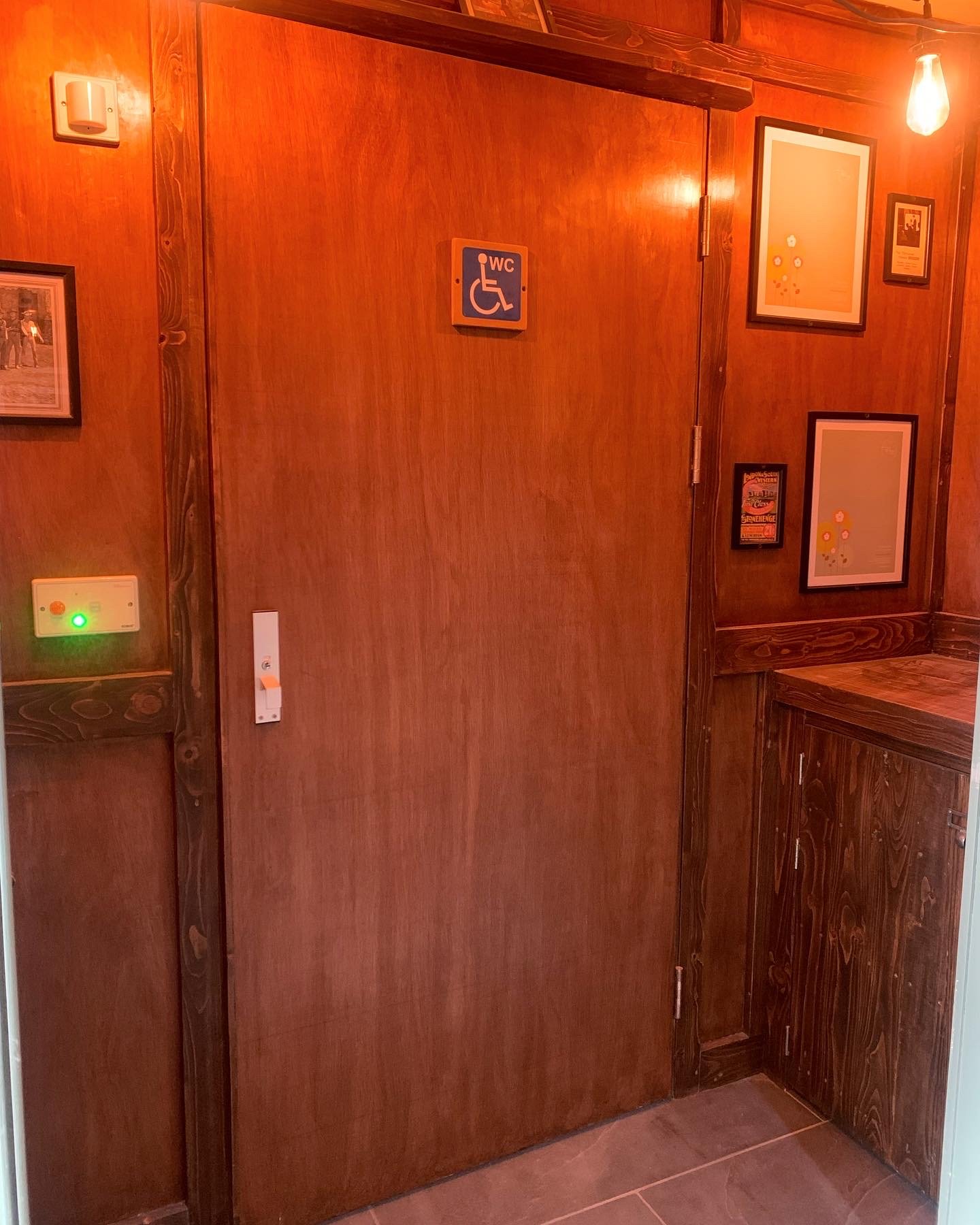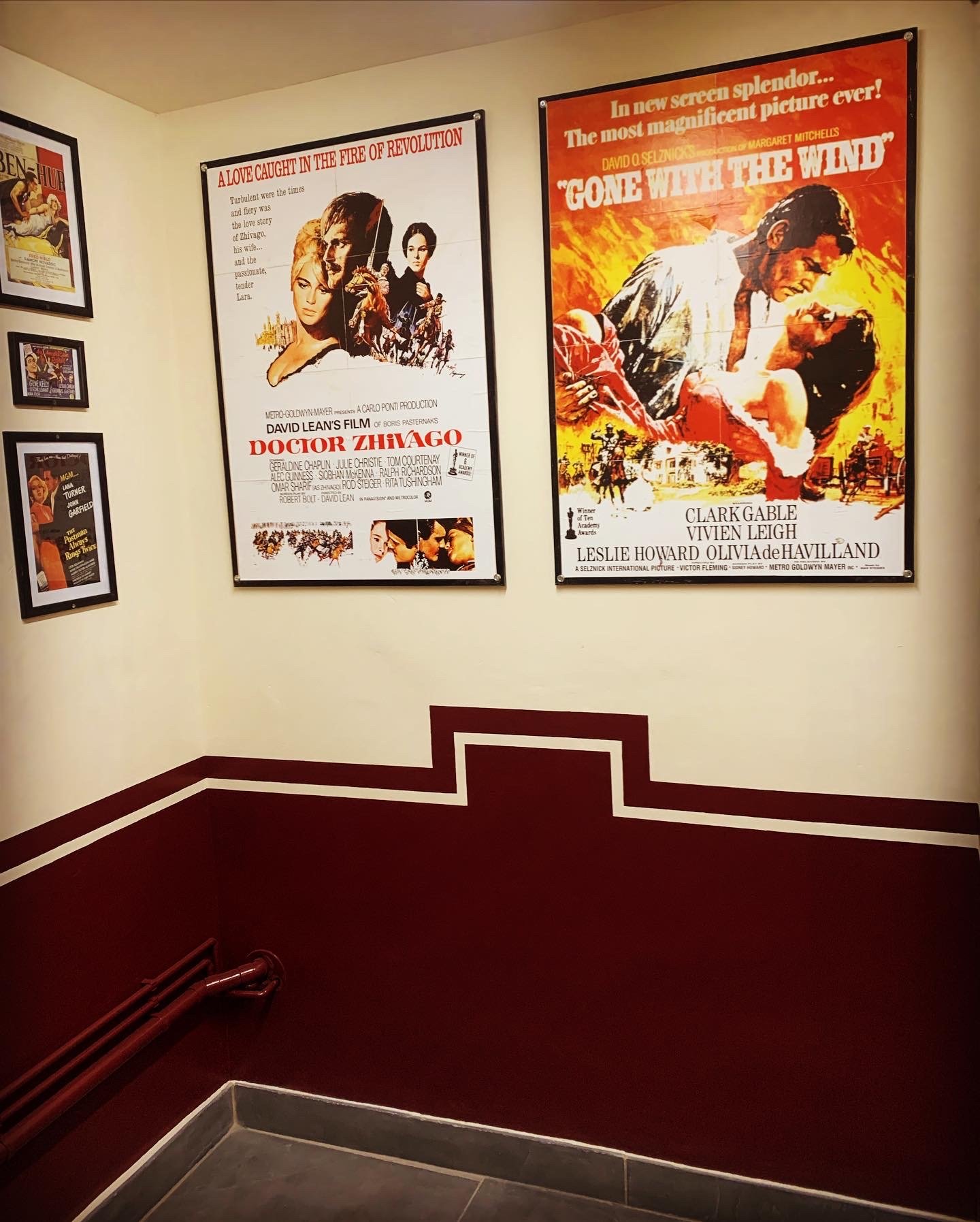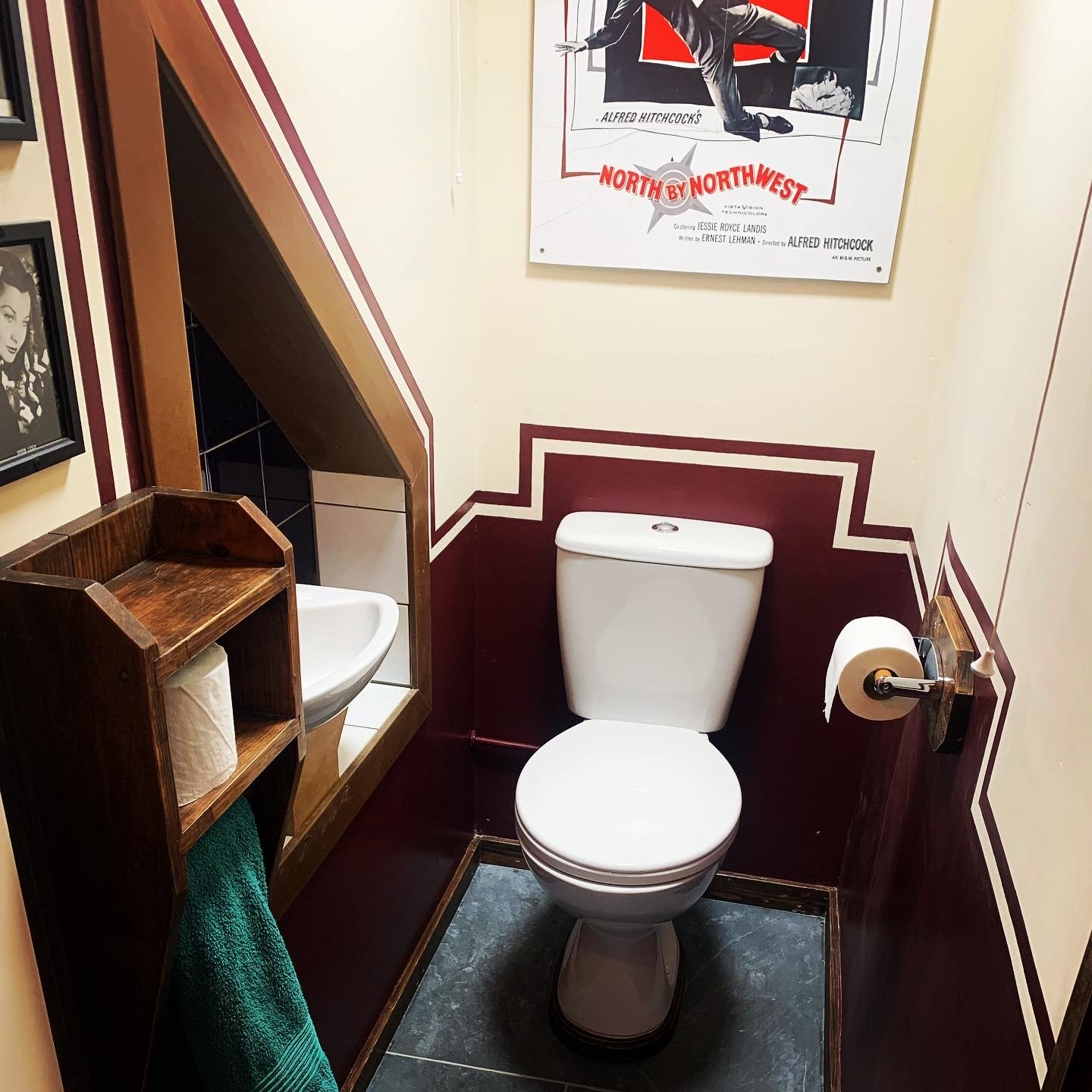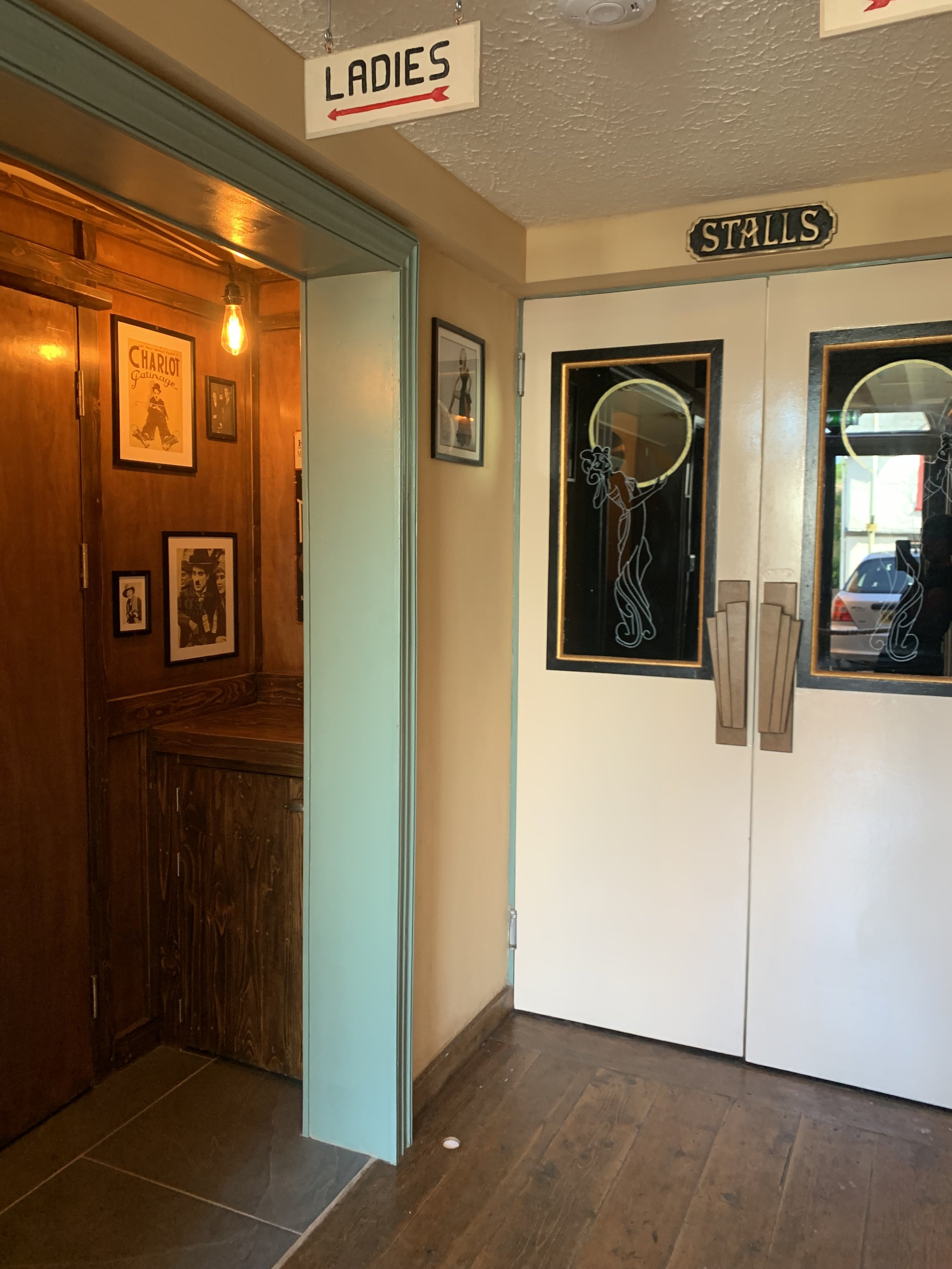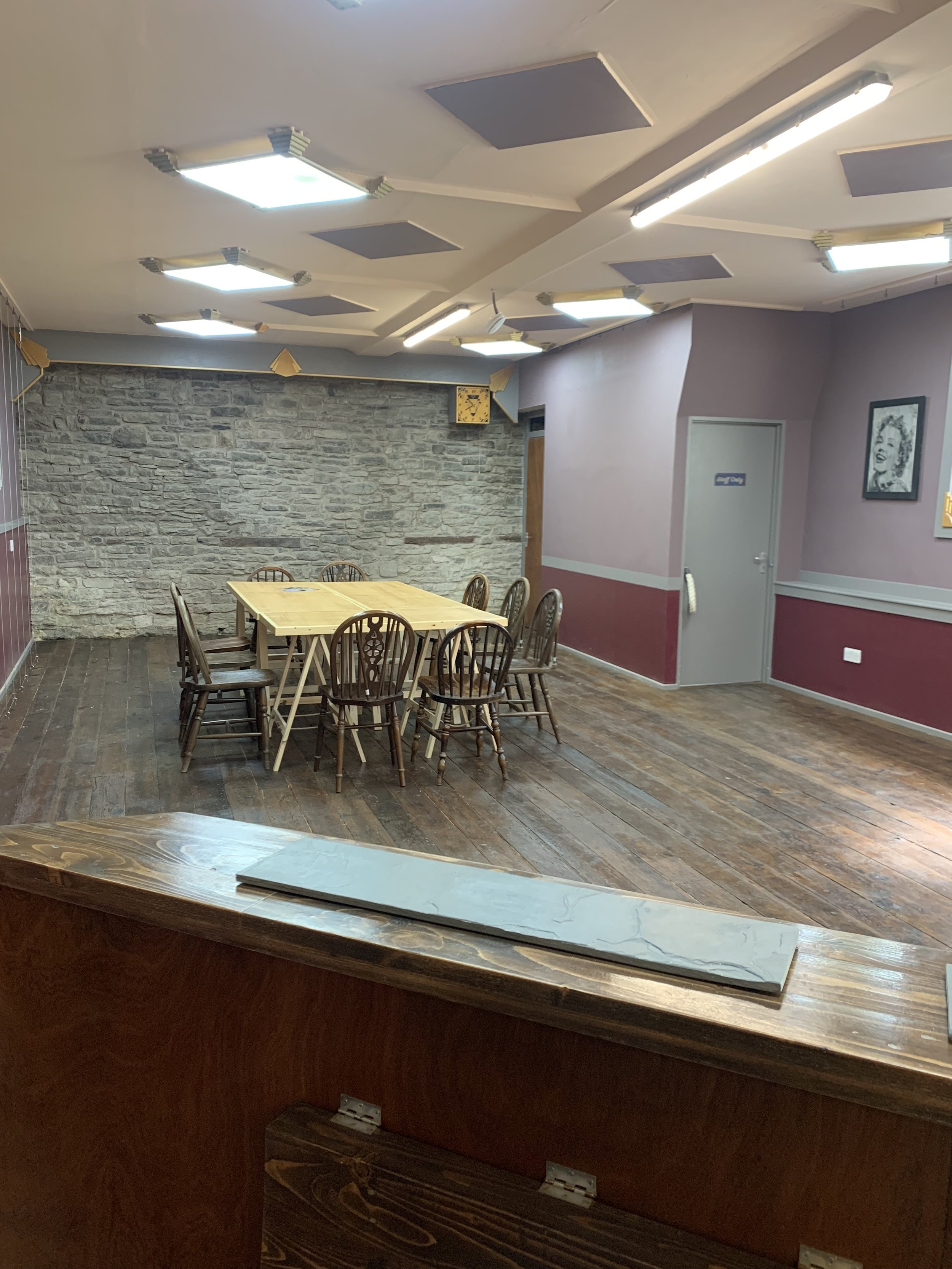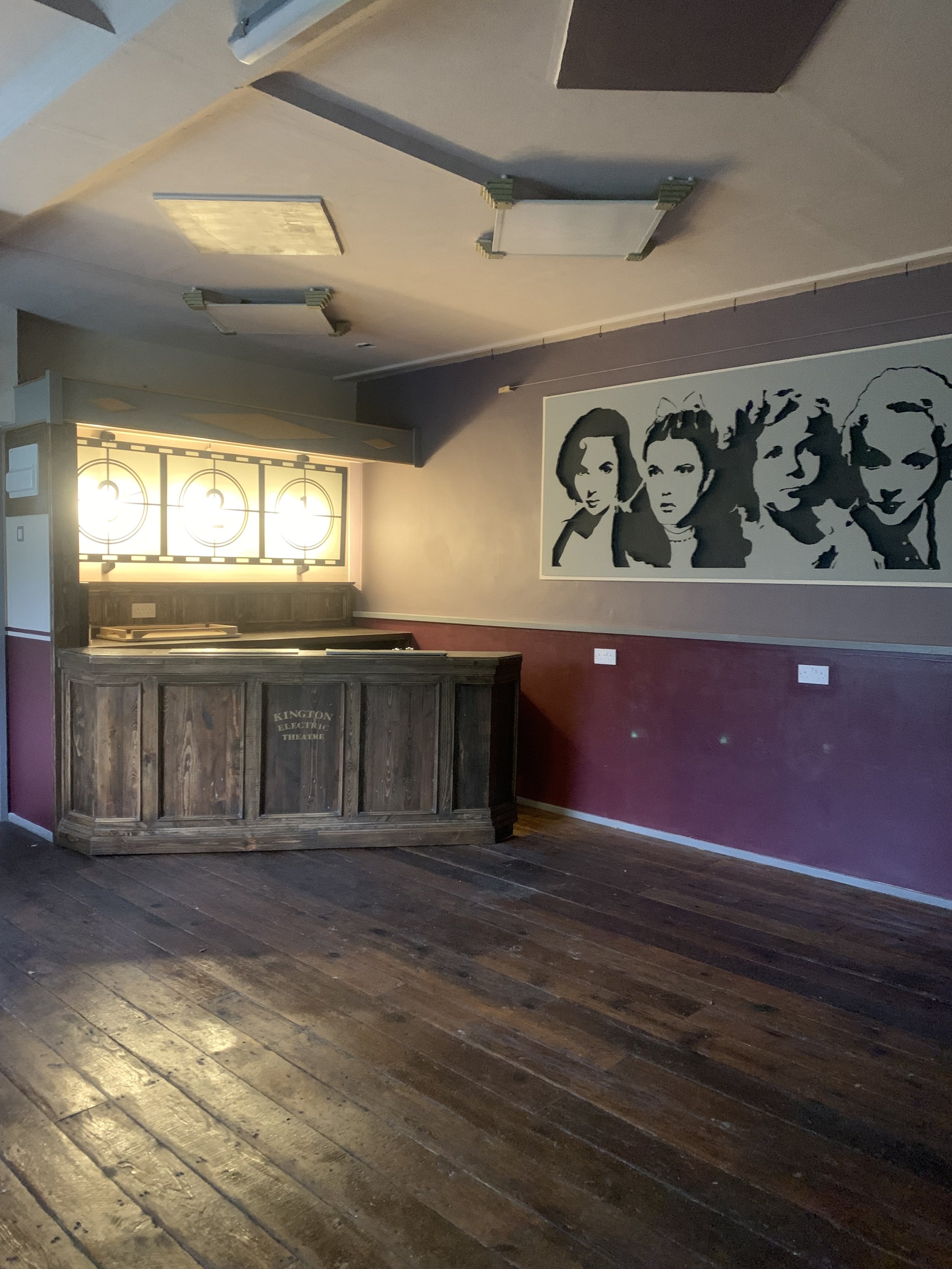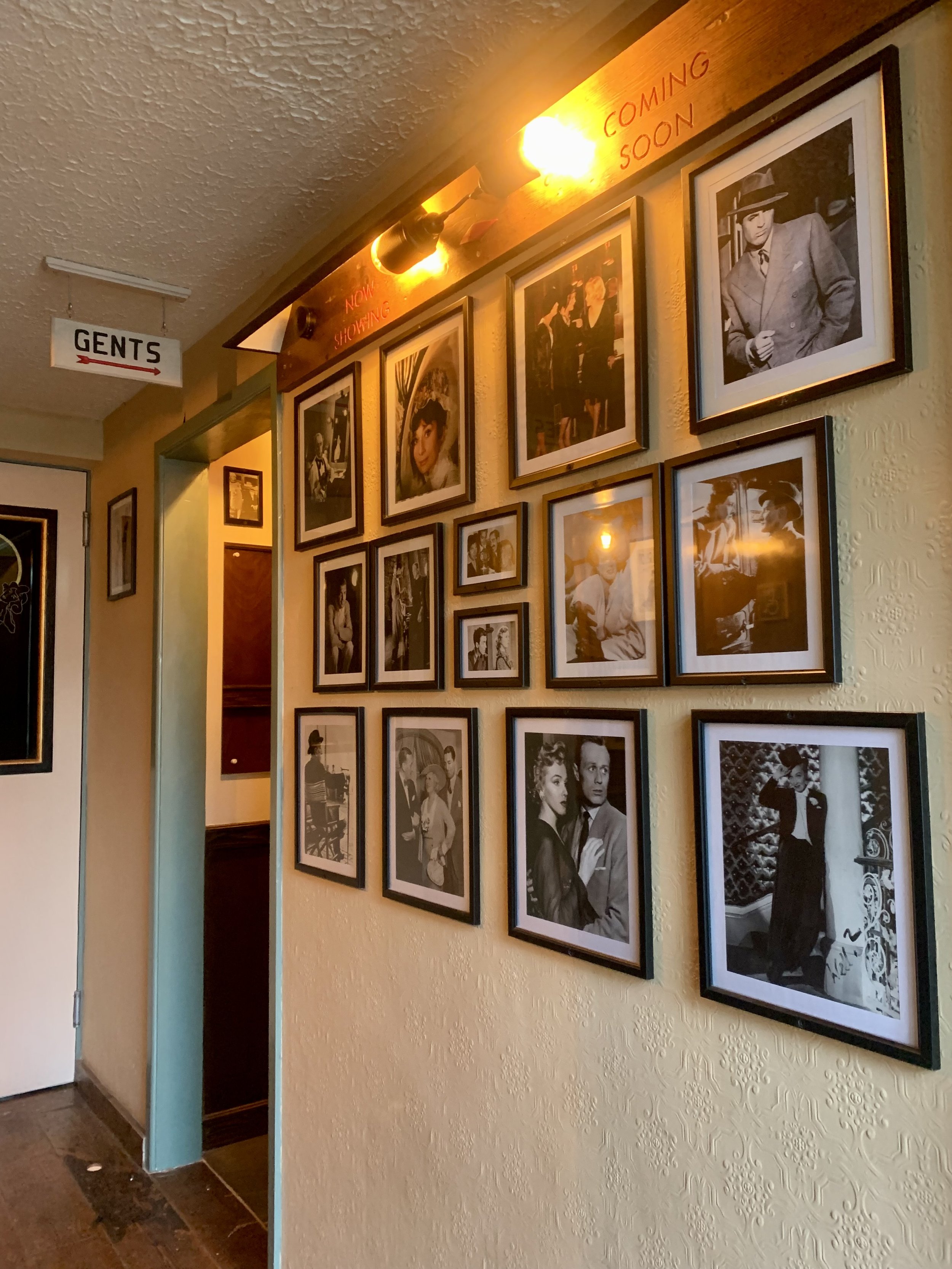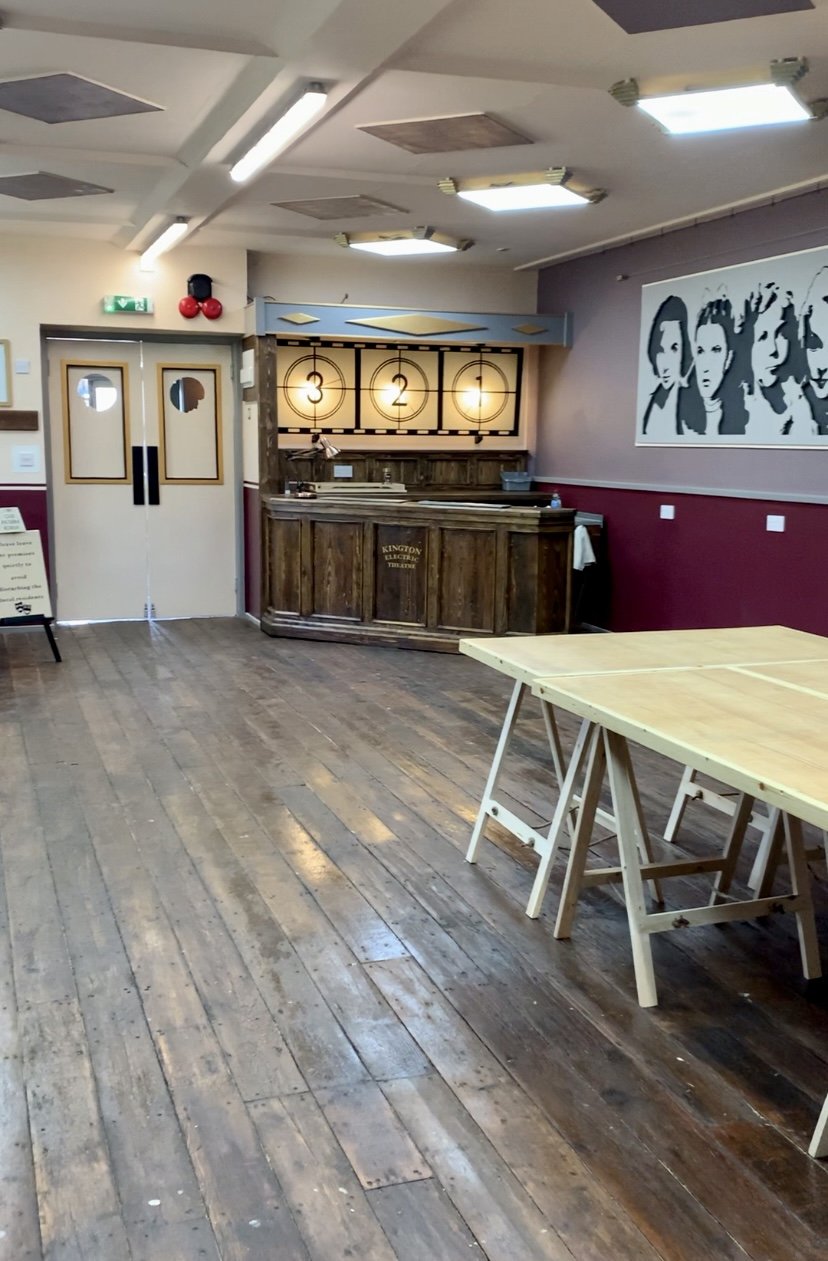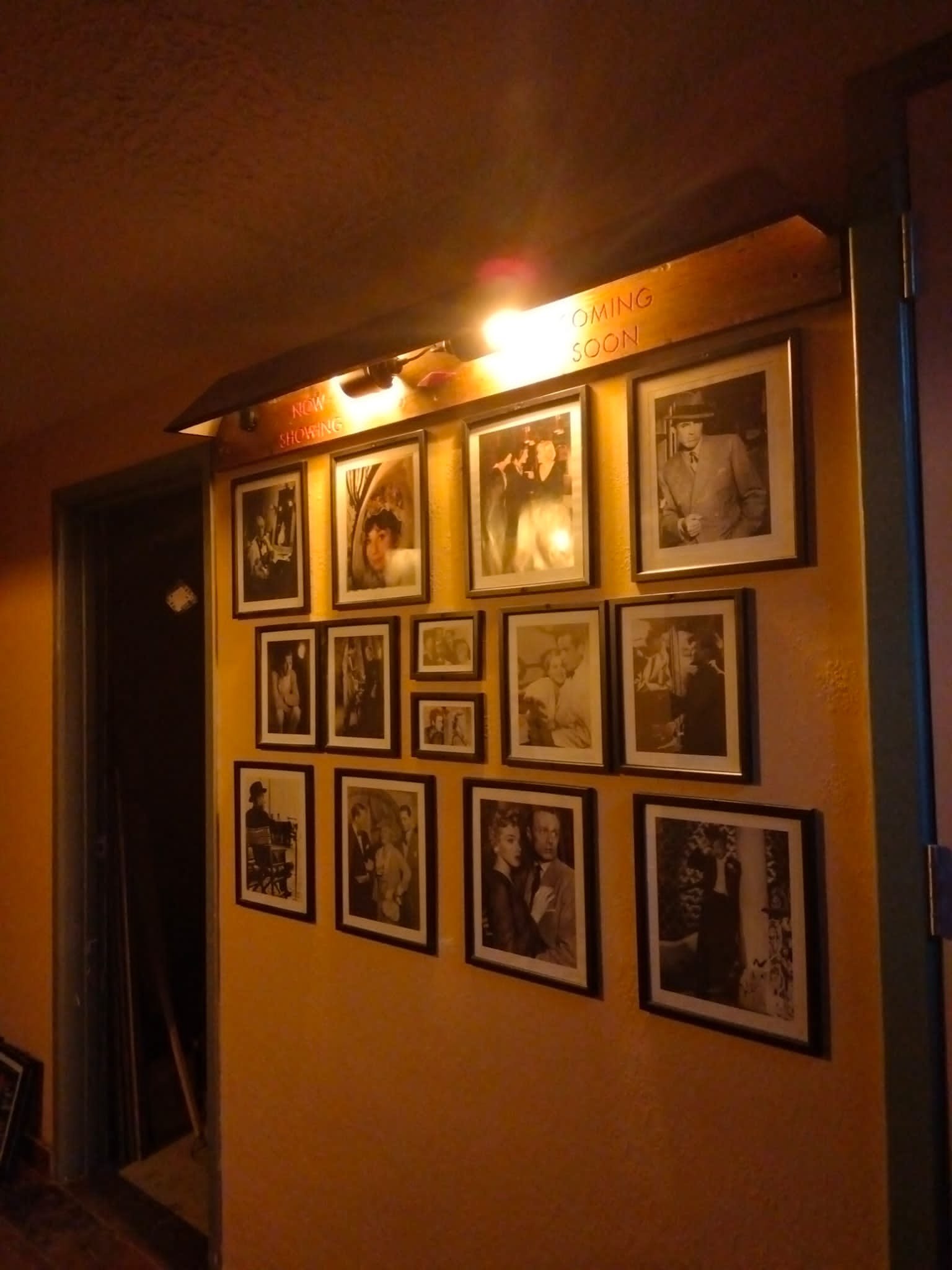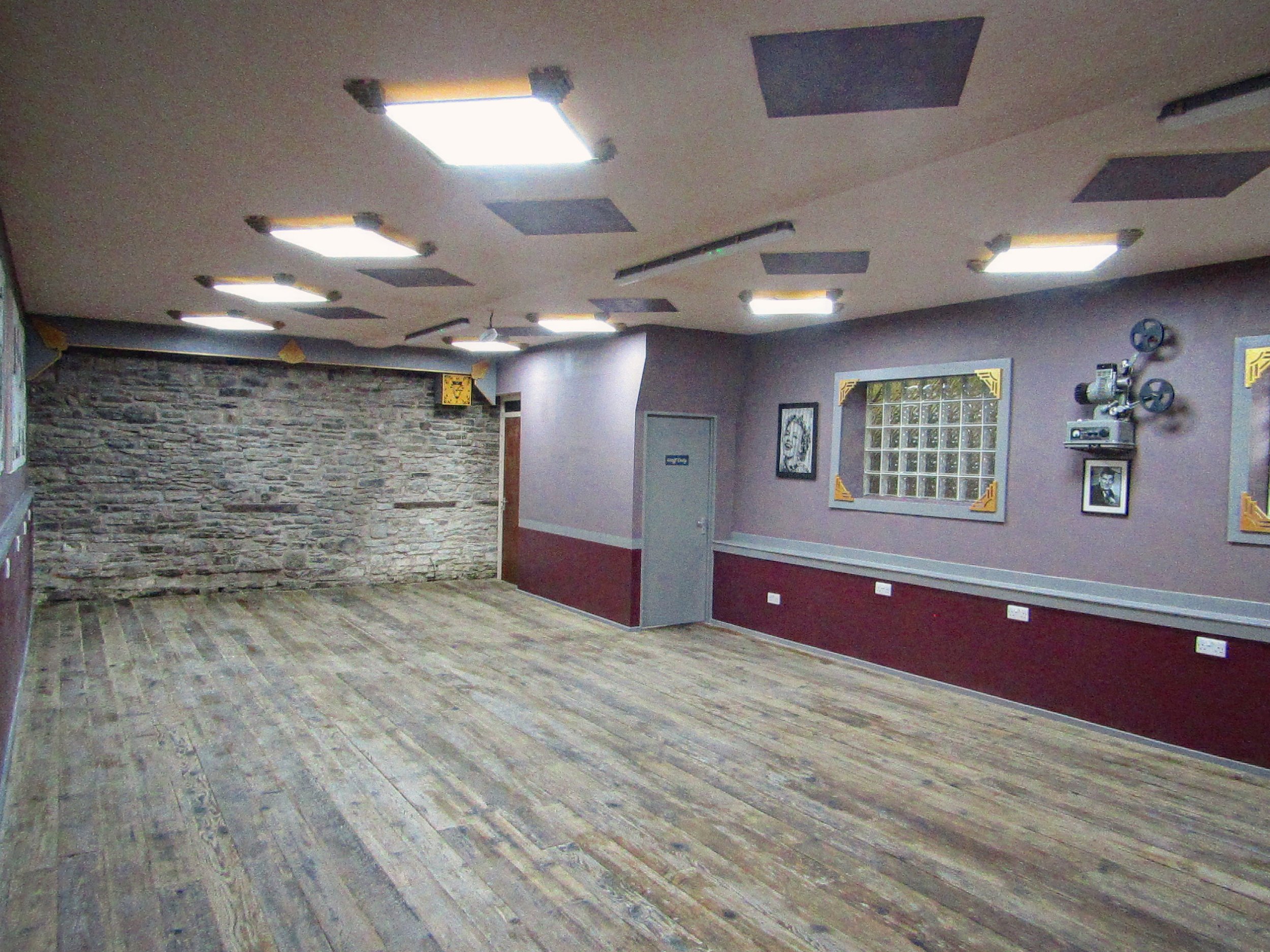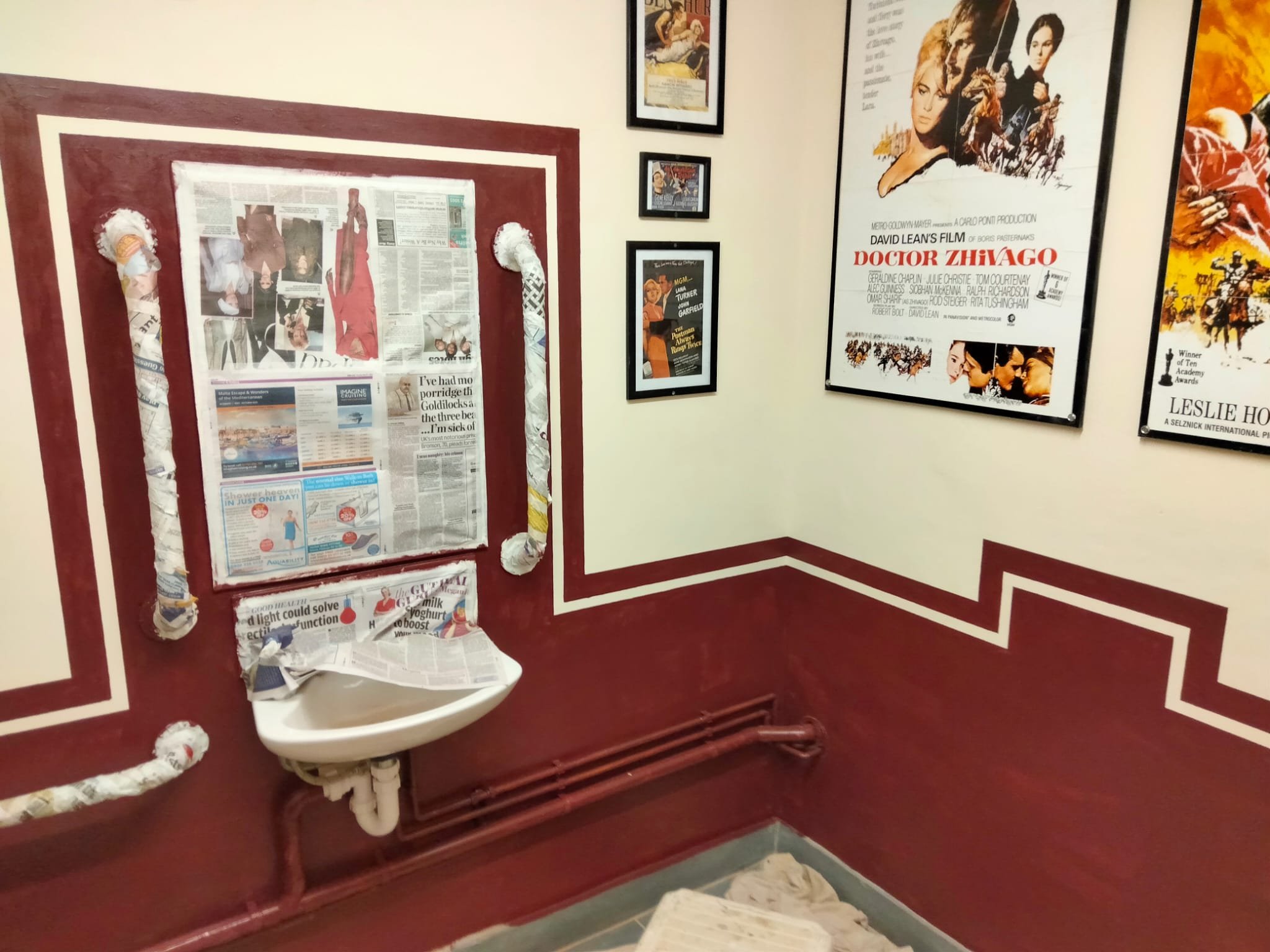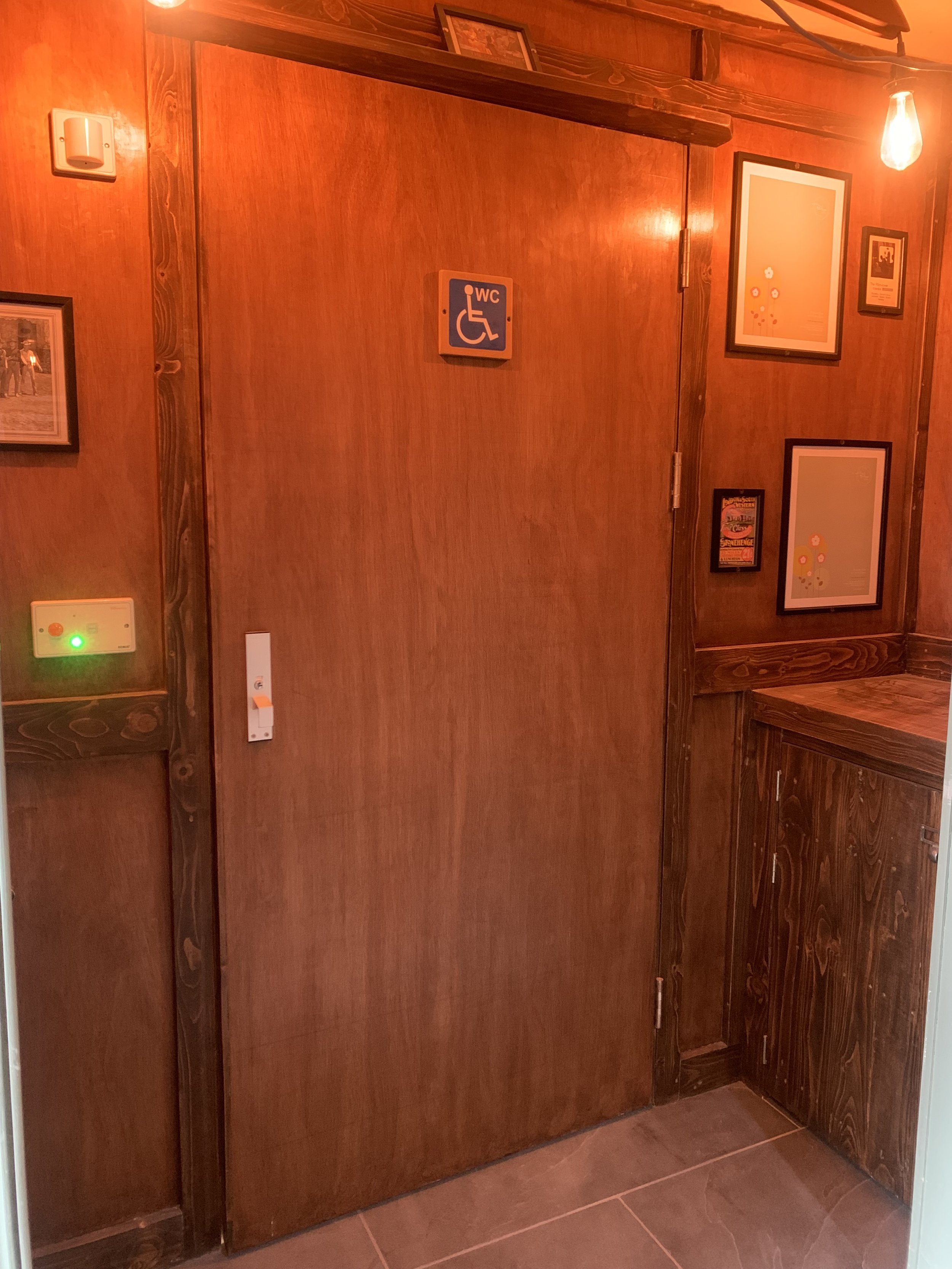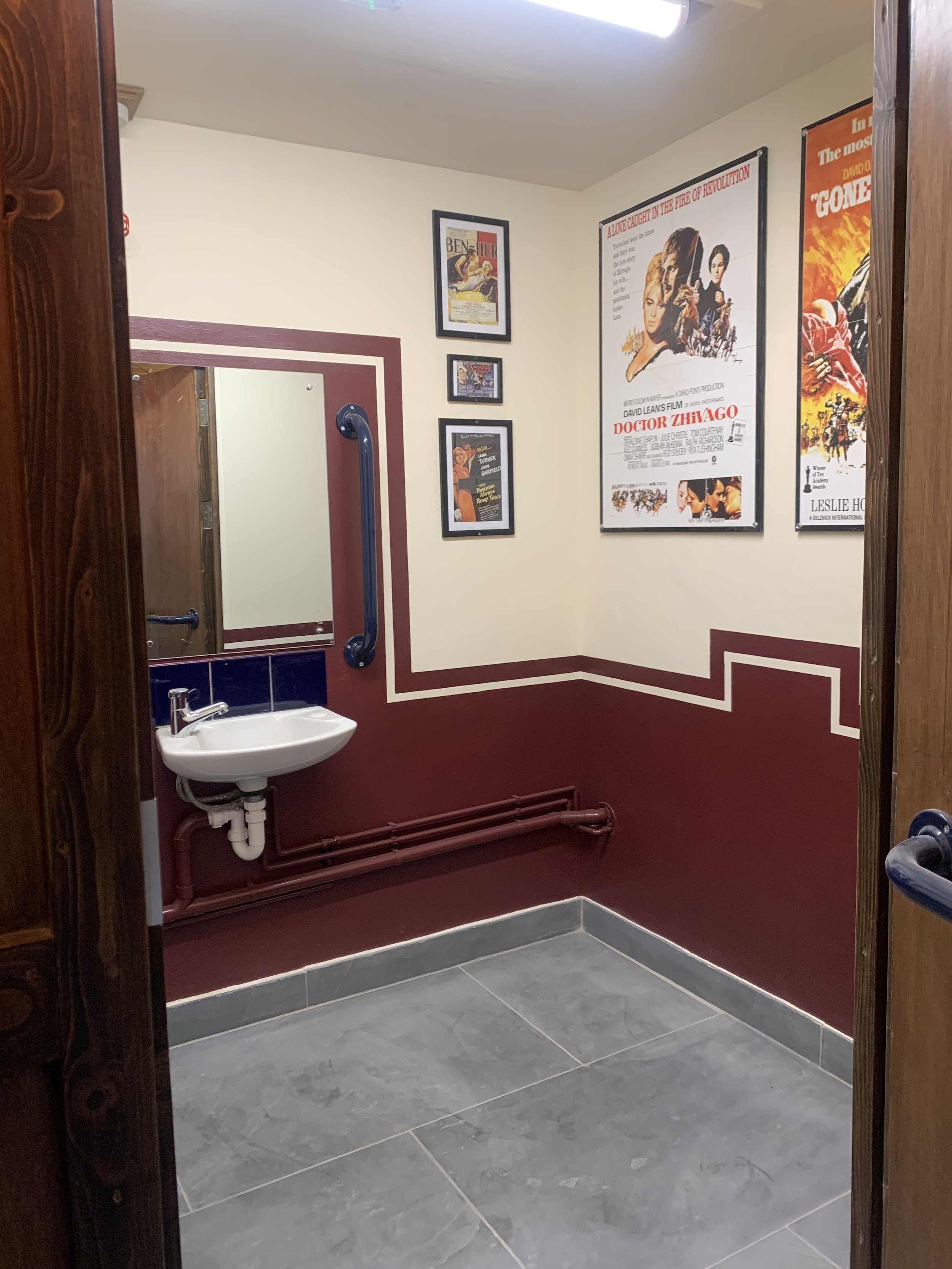History of
the old picture house
1858
46 Bridge Street was originally a small chapel built by The Primitive Methodists who had arrived in Kington in 1822.
In 1919 the chapel closed, and the building was adapted into a cinema.
The Picture House played silent films such as The Prisoner of Zenda, The Thief of Baghdad and The Lost World, accompanied on the piano by Mary ‘Captain’ Stephen’s. The projectionists were George Wilkes and Jack Griffiths.
Fortuitously, the cinema was open to show the first film released with sound, The Jazz Singer in 1927.
1939
In 1939 under the Emergency Powers (Defence) Act on the outbreak of war, all theatres, cinemas & dance halls had to close as a precaution against German bombs.
After protest, however, they reopened after about a week.
The nation needed to keep up its spirits, of course.
1941
A boom in cinema attendance occurred around this time in areas that were not subject to heavy bombing. Extra patronage was of course gained from serviceman being stationed in the area. The Picture House, Kington, opened on Sundays for them.
“Don’t go in the one & threes, Don’t go into the nine pennys, All you get is bugs & fleas, it’s murder, murder, murder.”
A children’s ditty about the Picture House from the 40s/50s.
1958
The Picture House was described as having a balcony with upholstered tip-up seats, with similar seating downstairs in six rows for those who had purchased a higher priced ticket.
It was not until the April of 1958 that the cinema closed, opening only periodically over the next eight years until the projectors were finally turned off for good in 1966.
1980
46 Bridge Street became a place of worship for the Jehovah’s Witnesses and stayed as such until 2005.
Indeed, there is still evidence of this on the front of the building. Underneath the current shield emblazoned with a drama and comedy mask lies a stone shield with Hebrew lettering.
Many thanks to the Kington Museum & locals for providing us with history and anecdotes of the building!
2008
When we moved in it was …
… quite the blank canvas
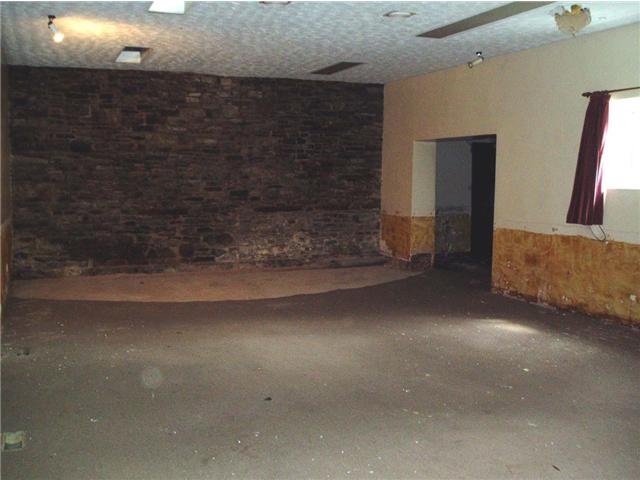
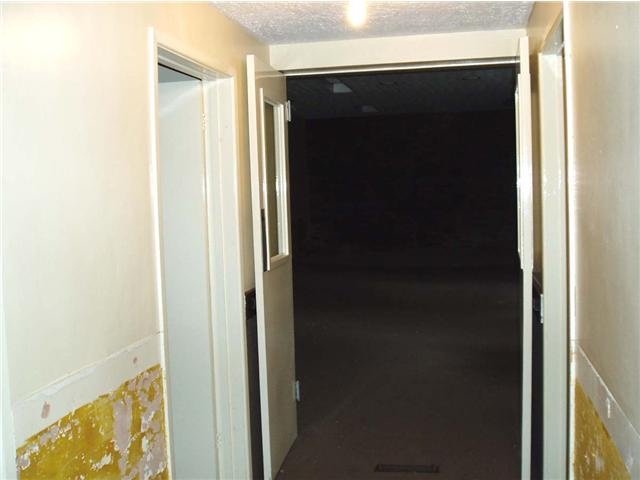
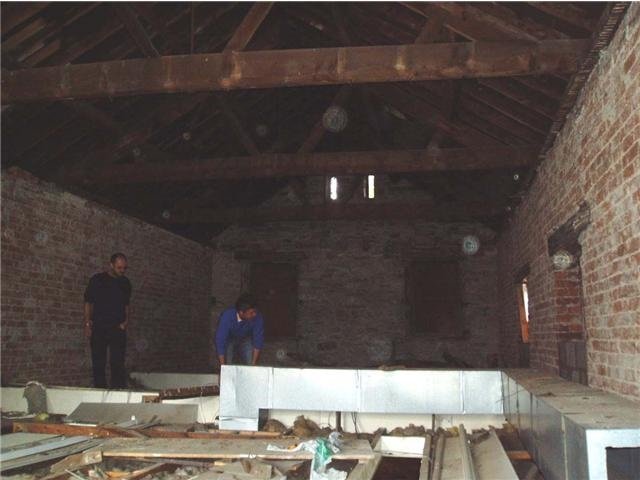

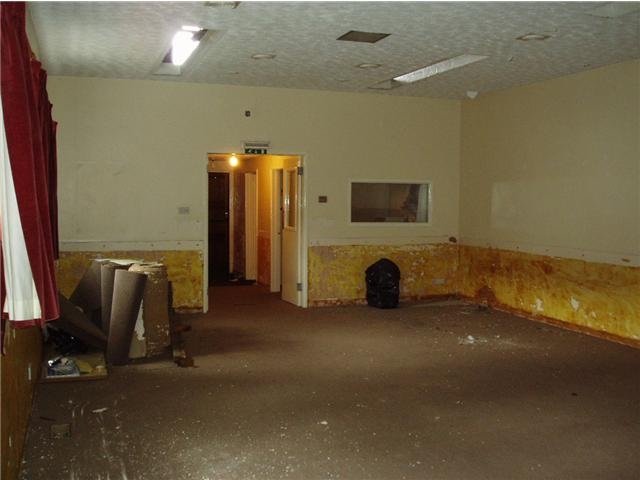
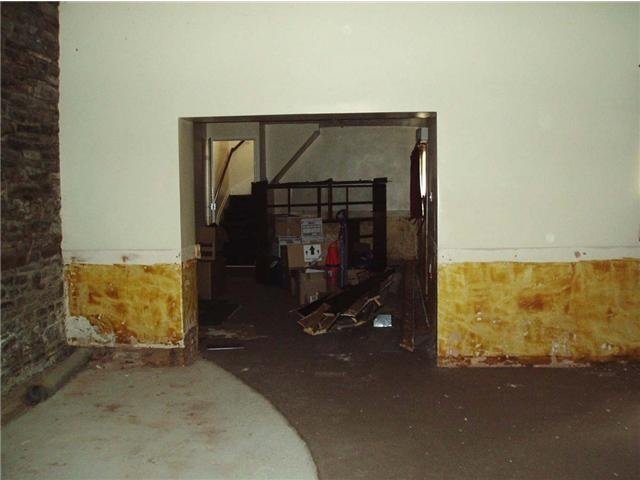
And so work began.
